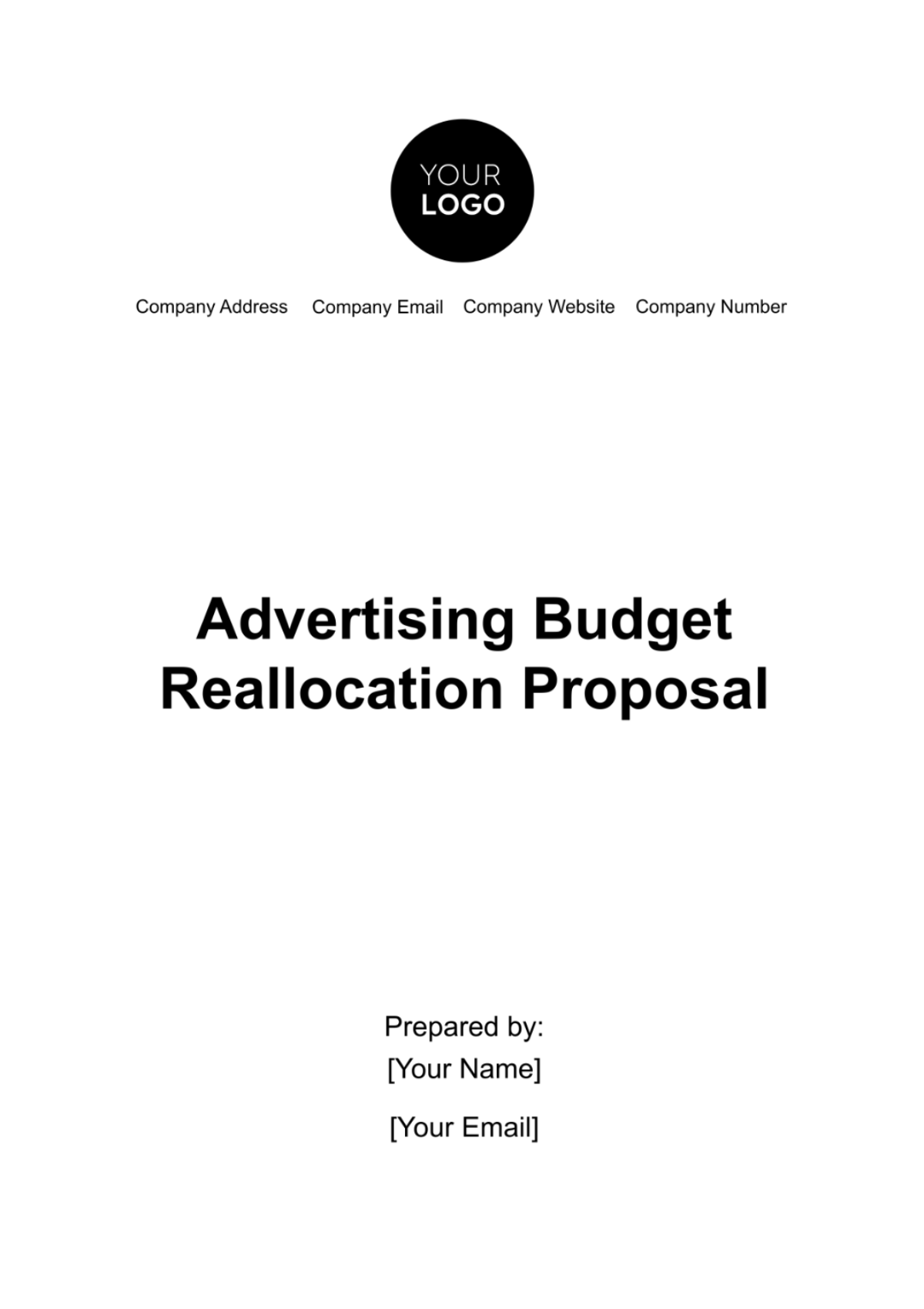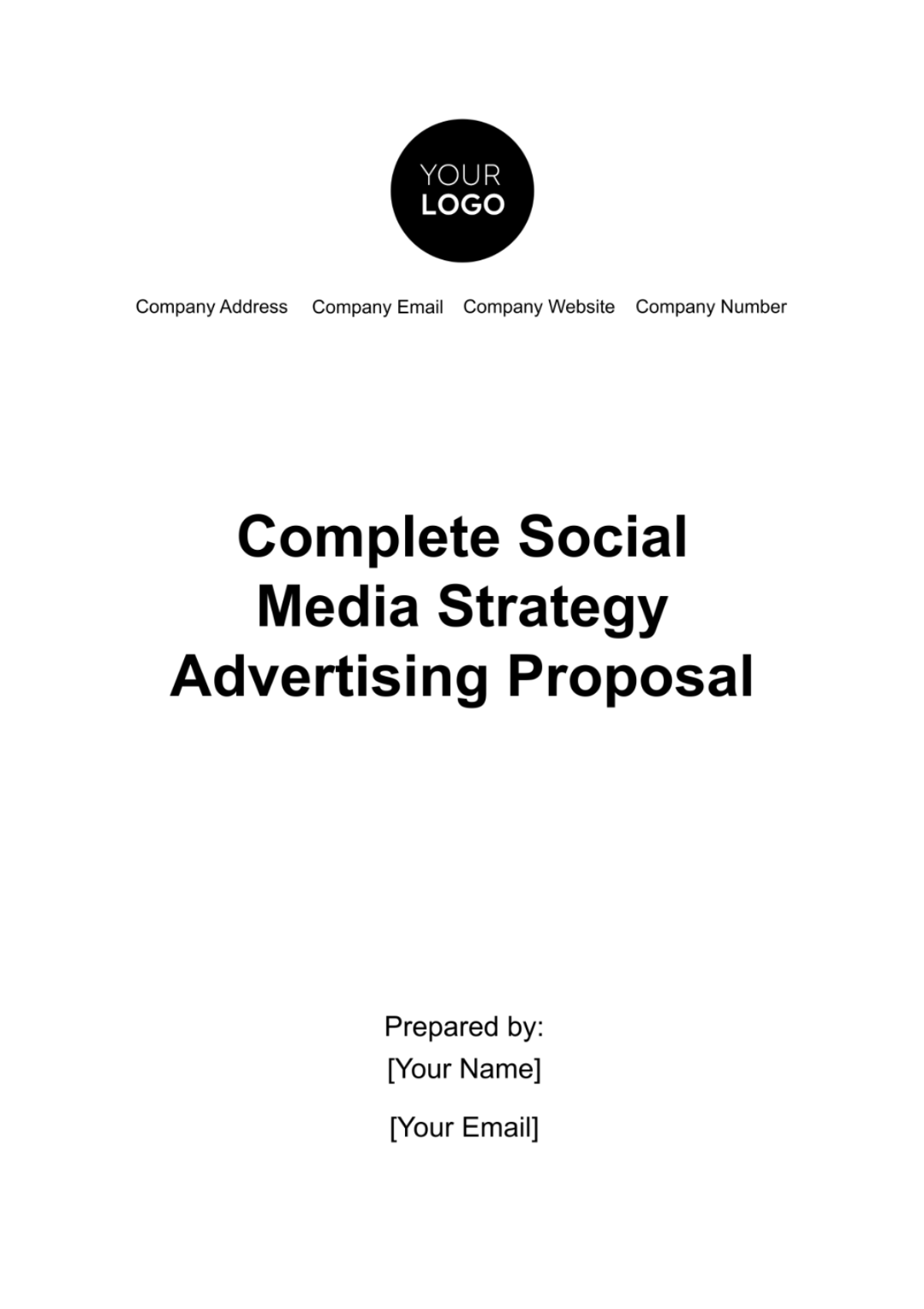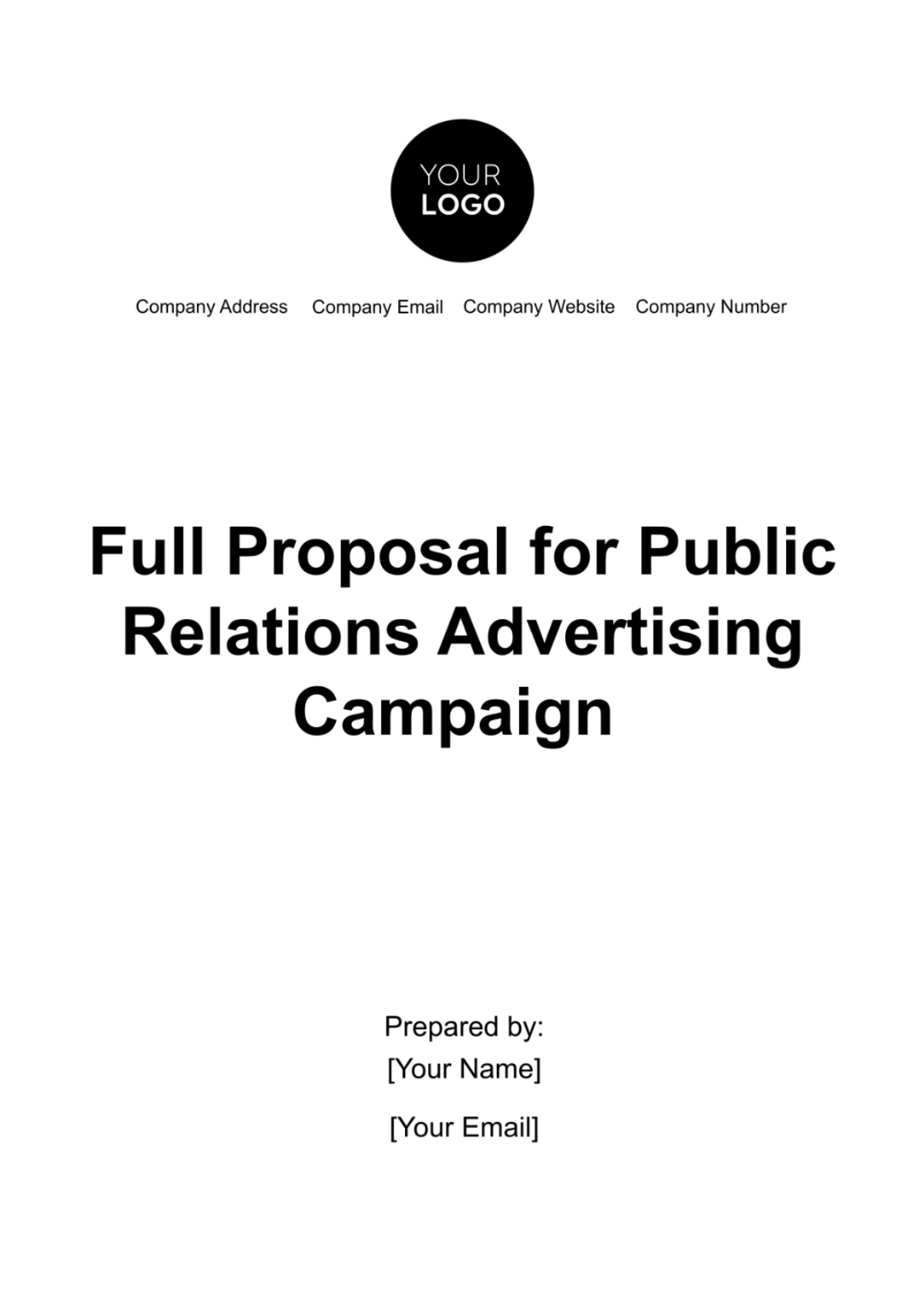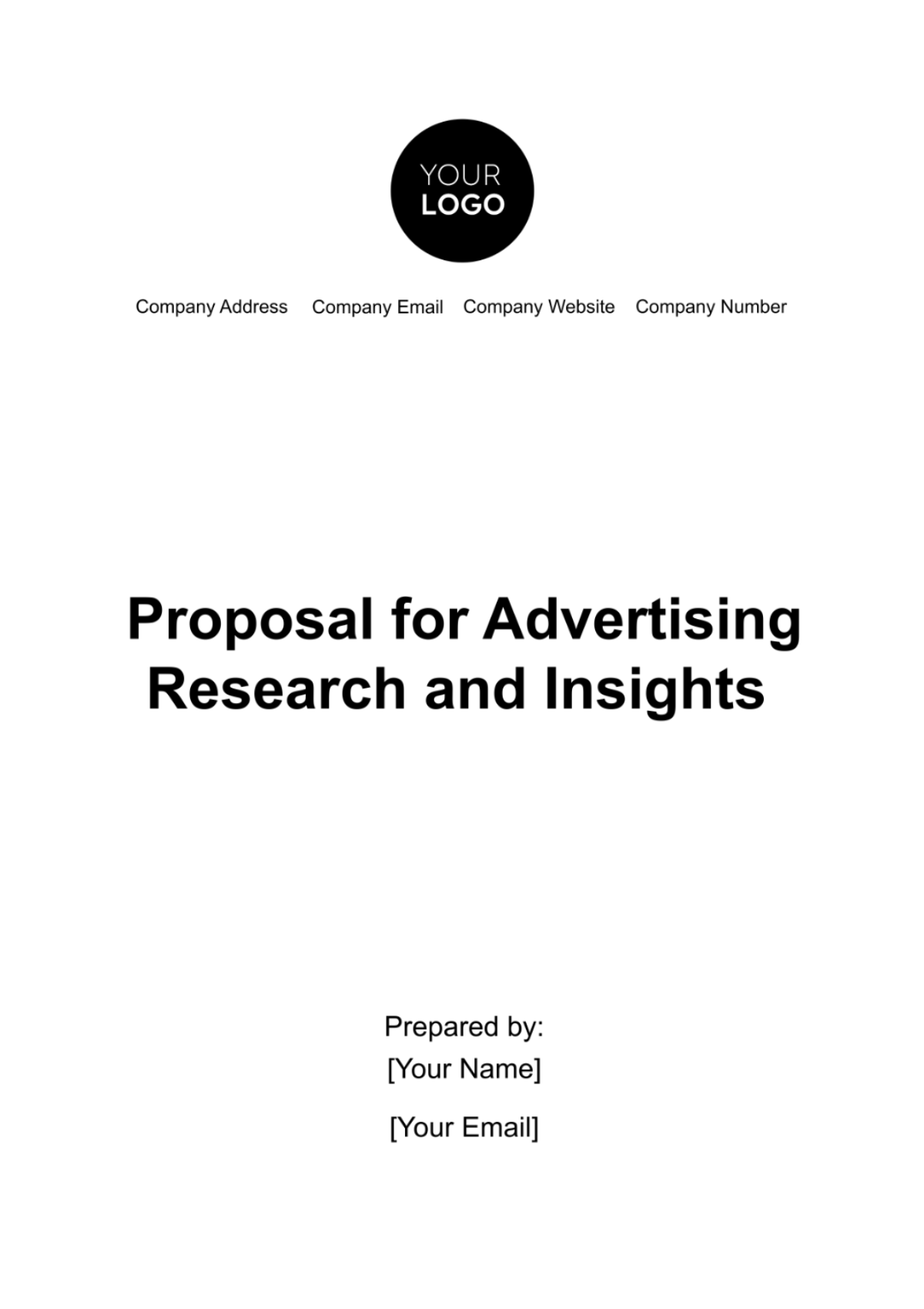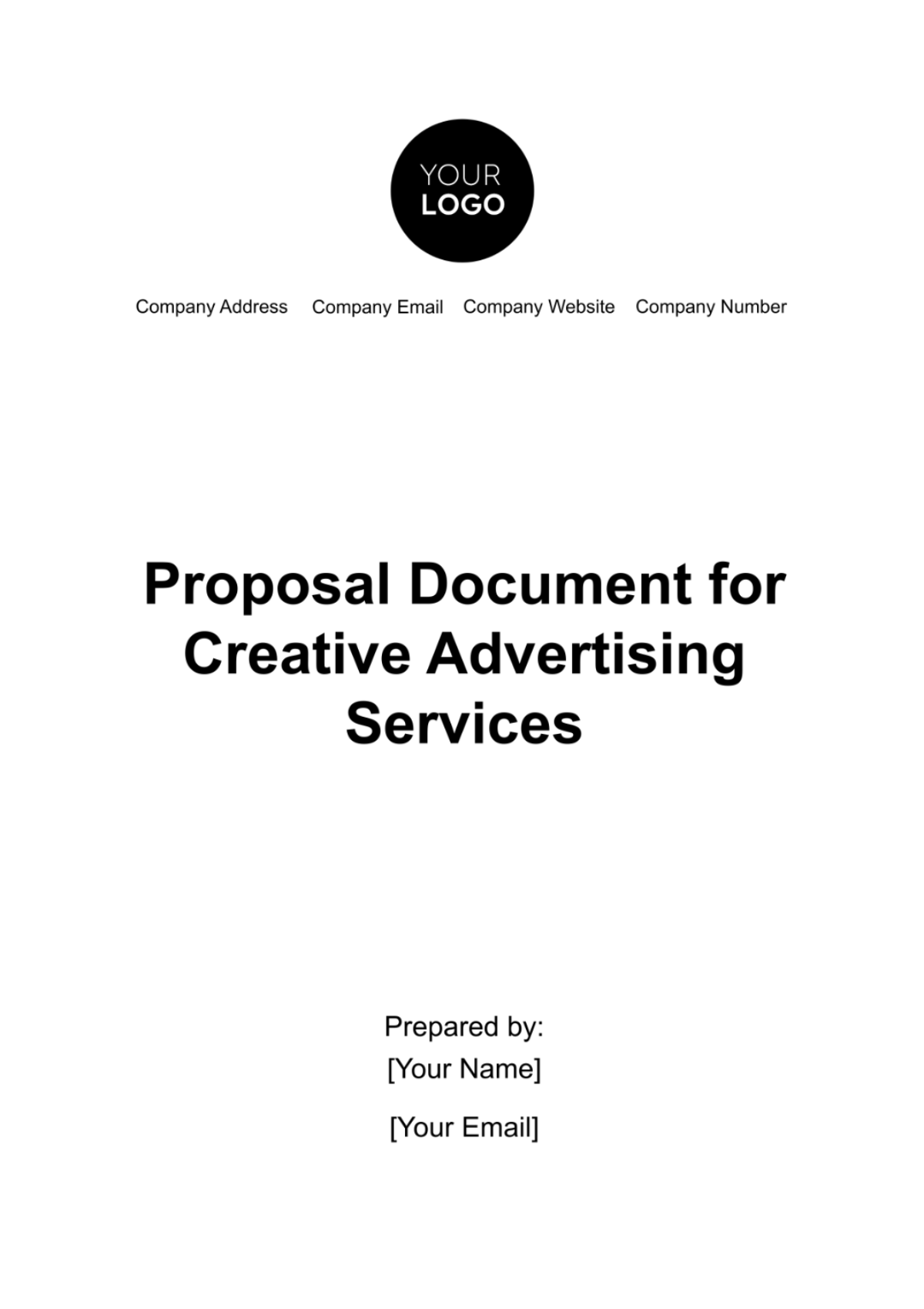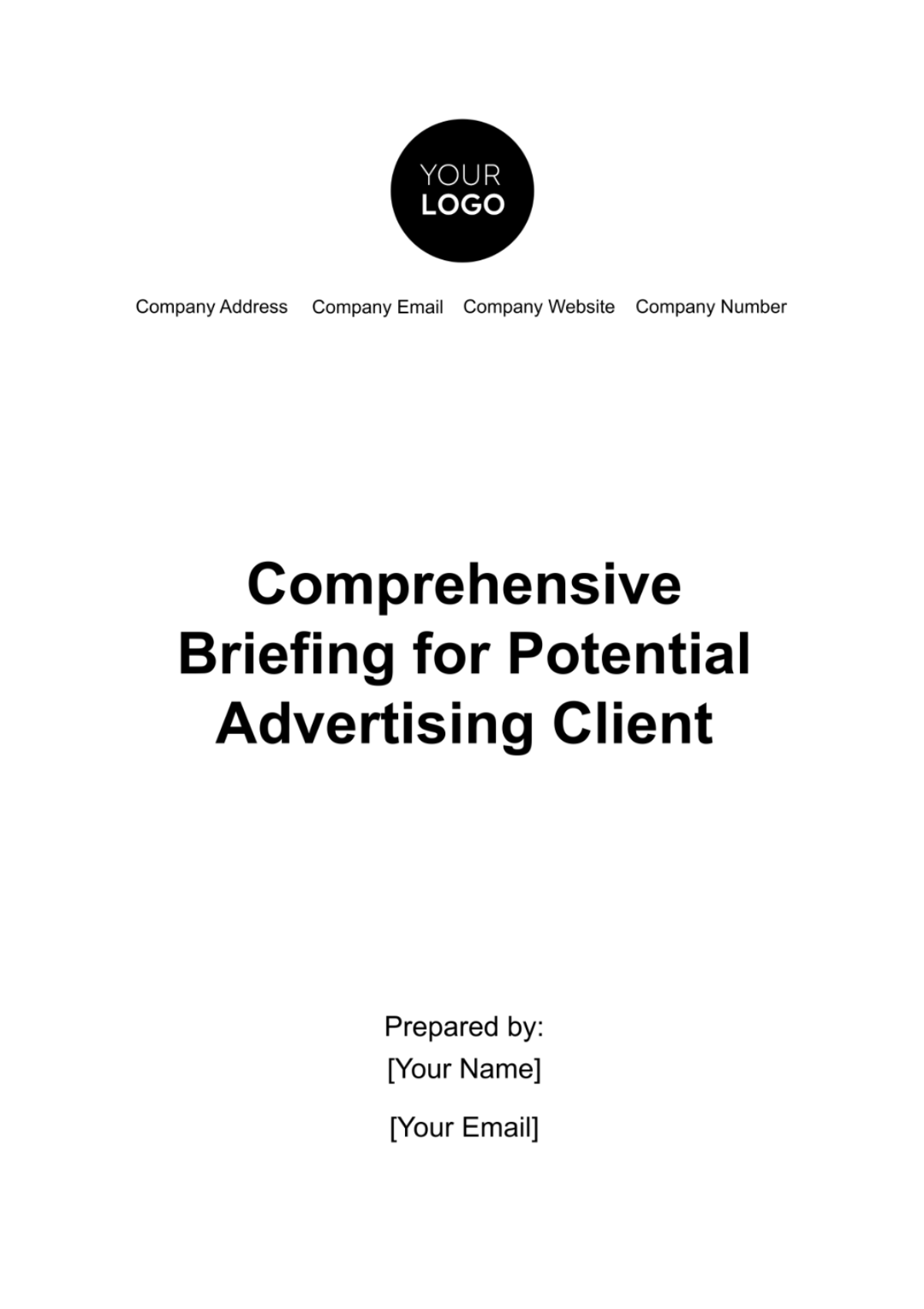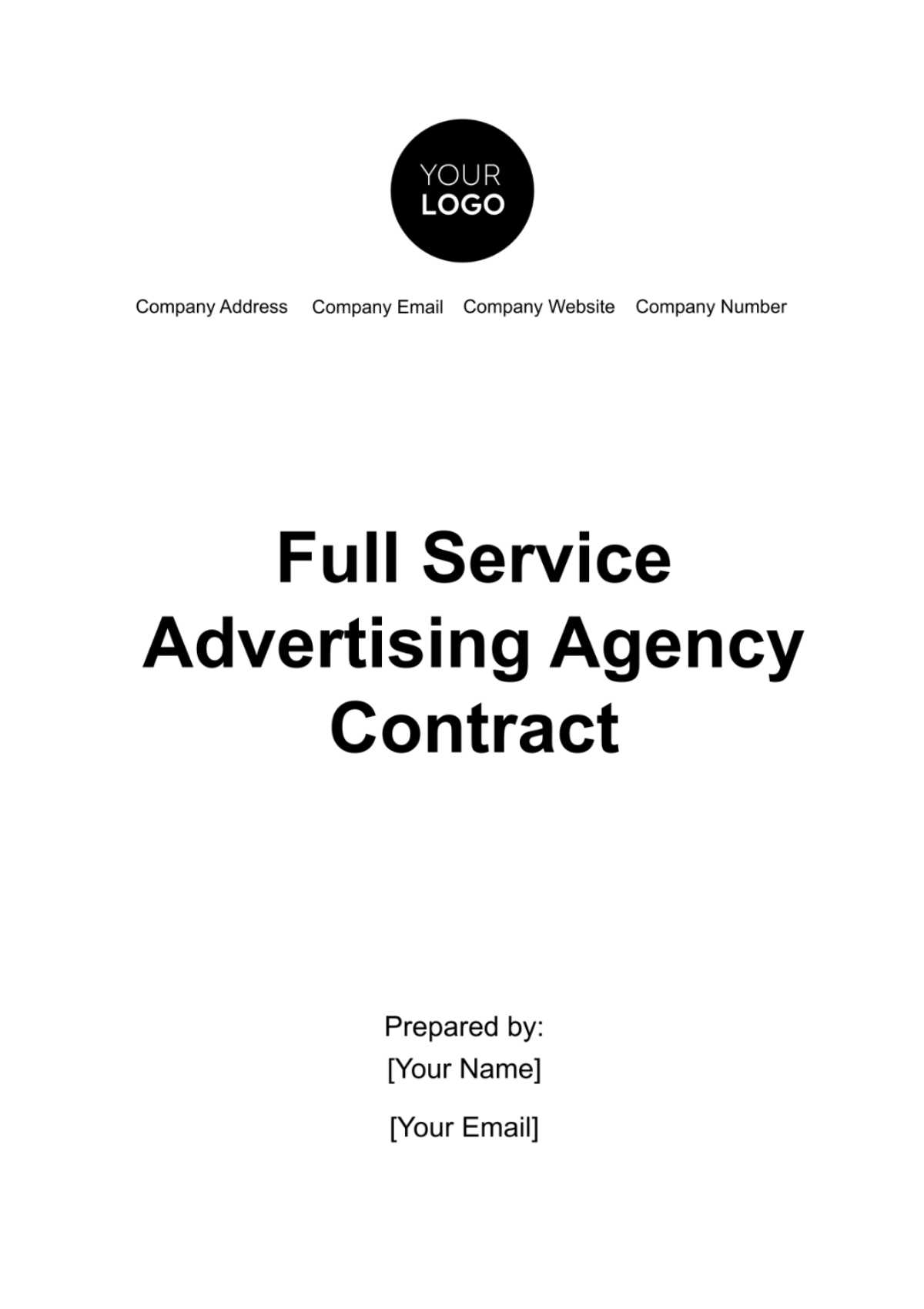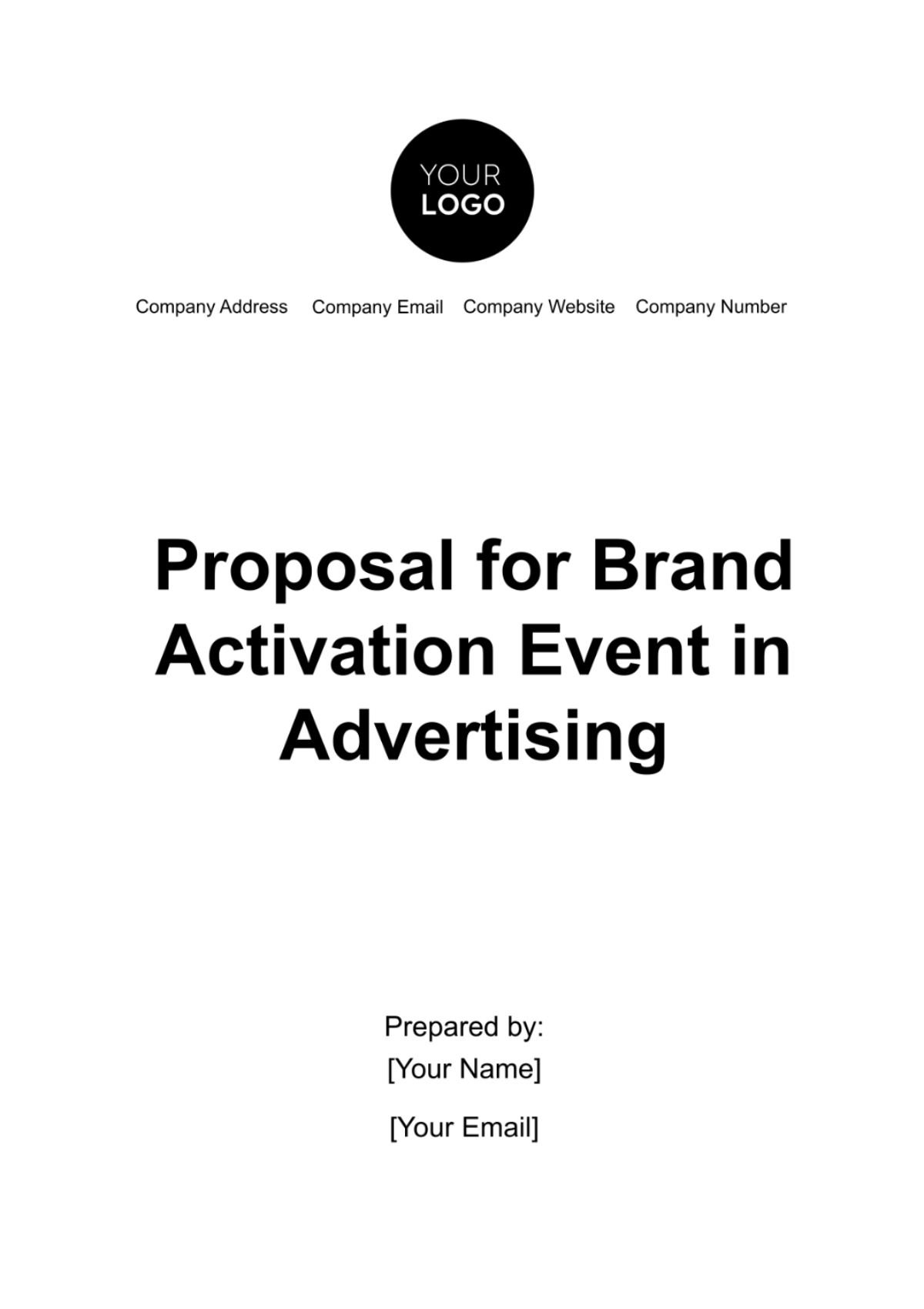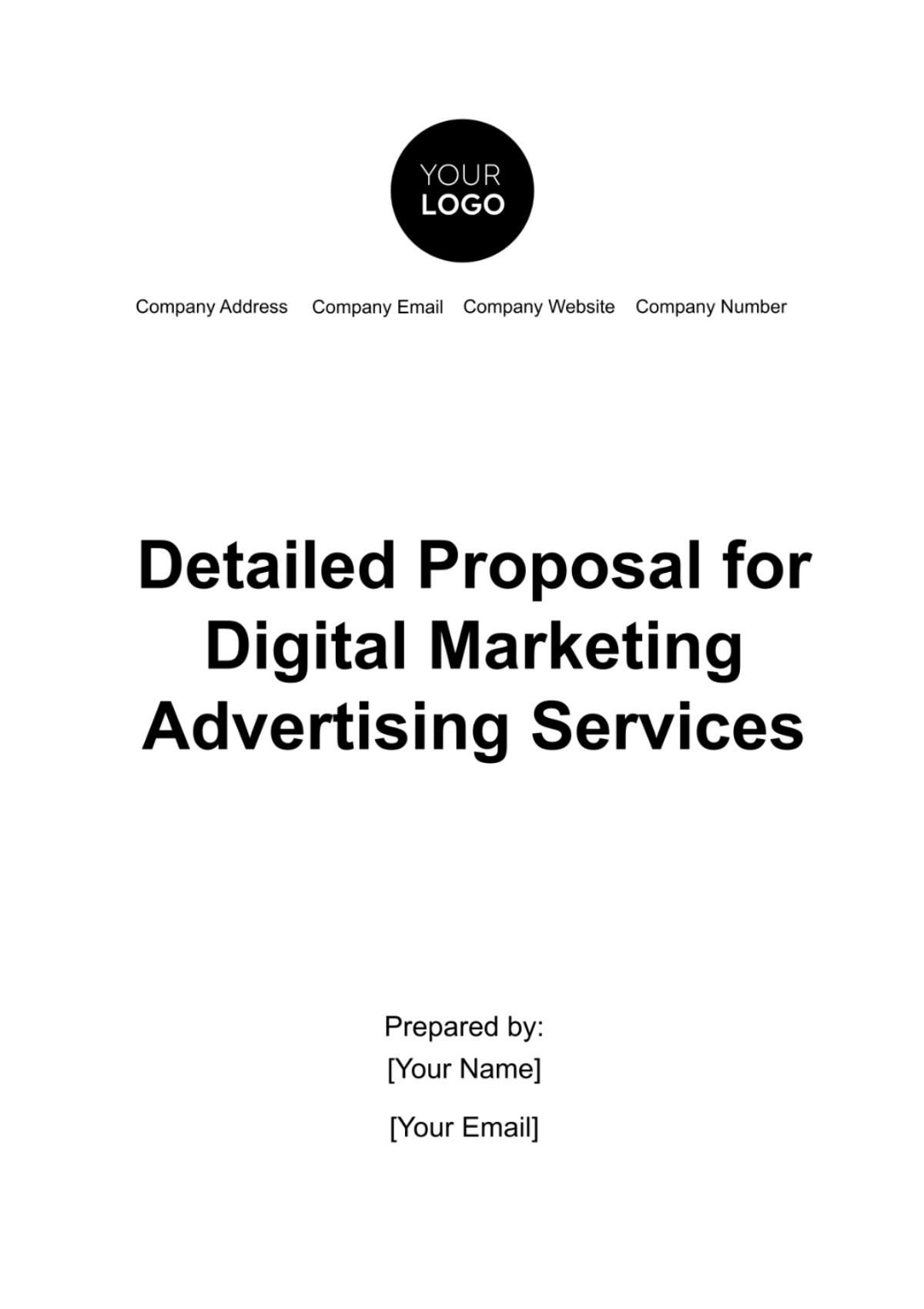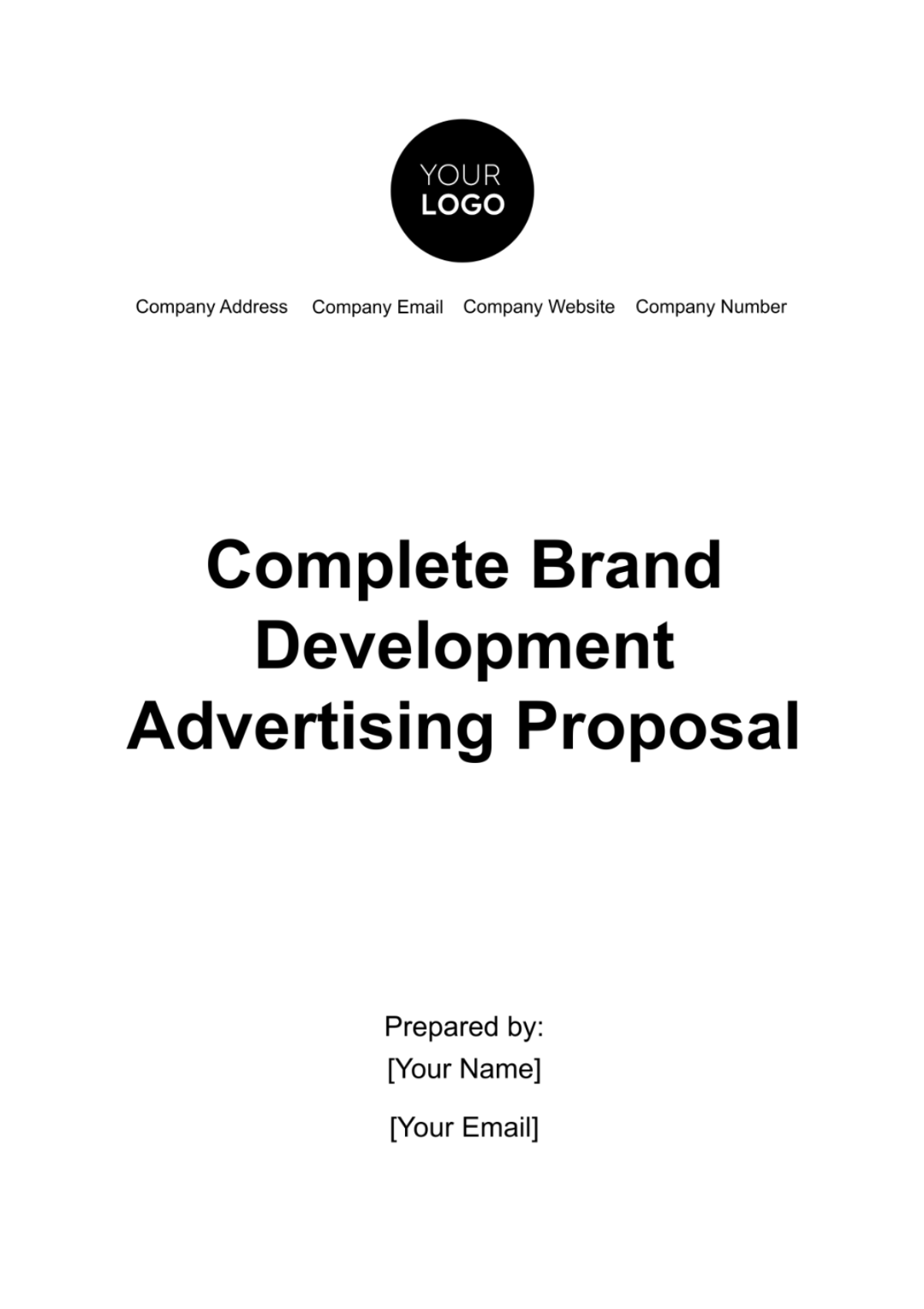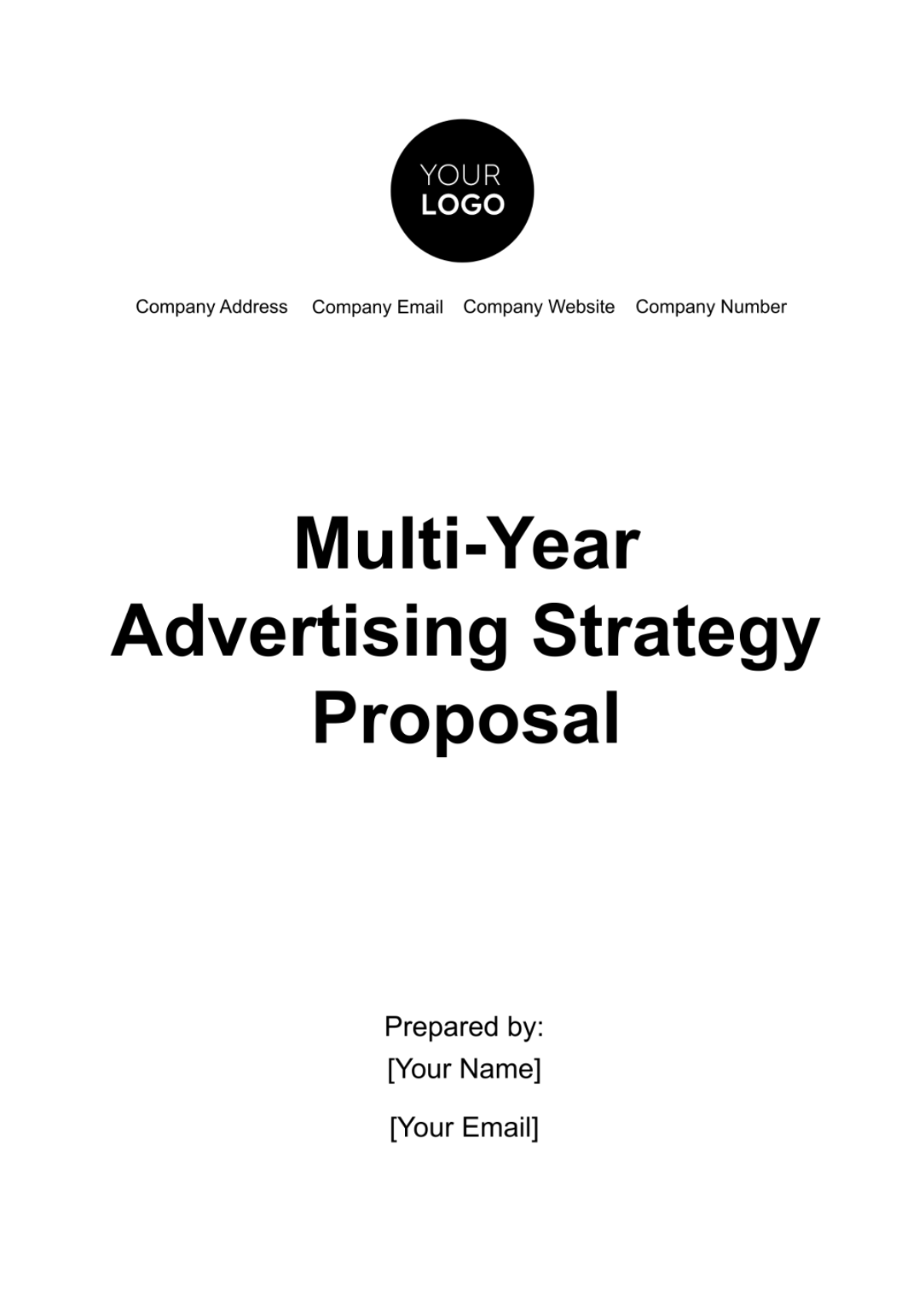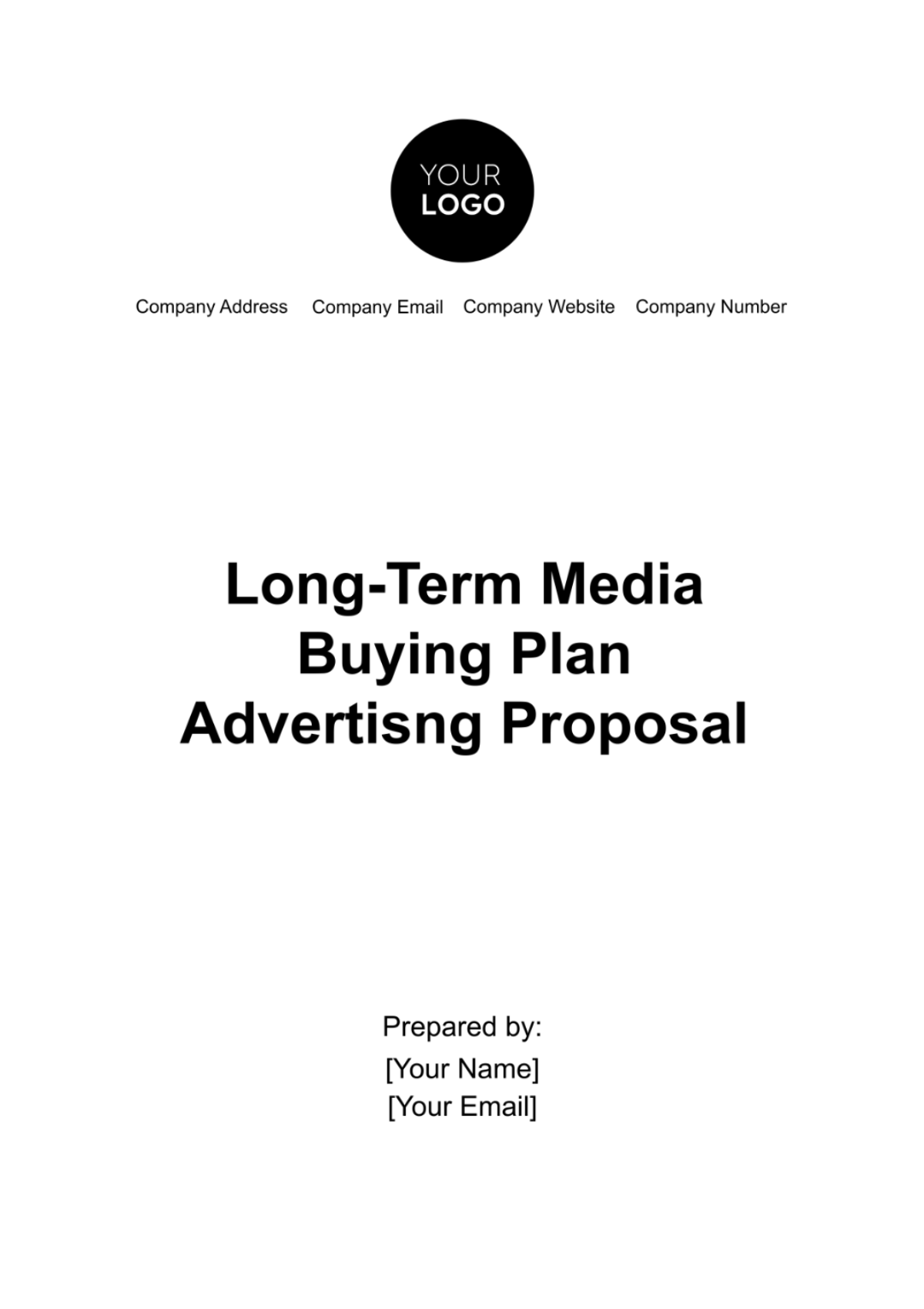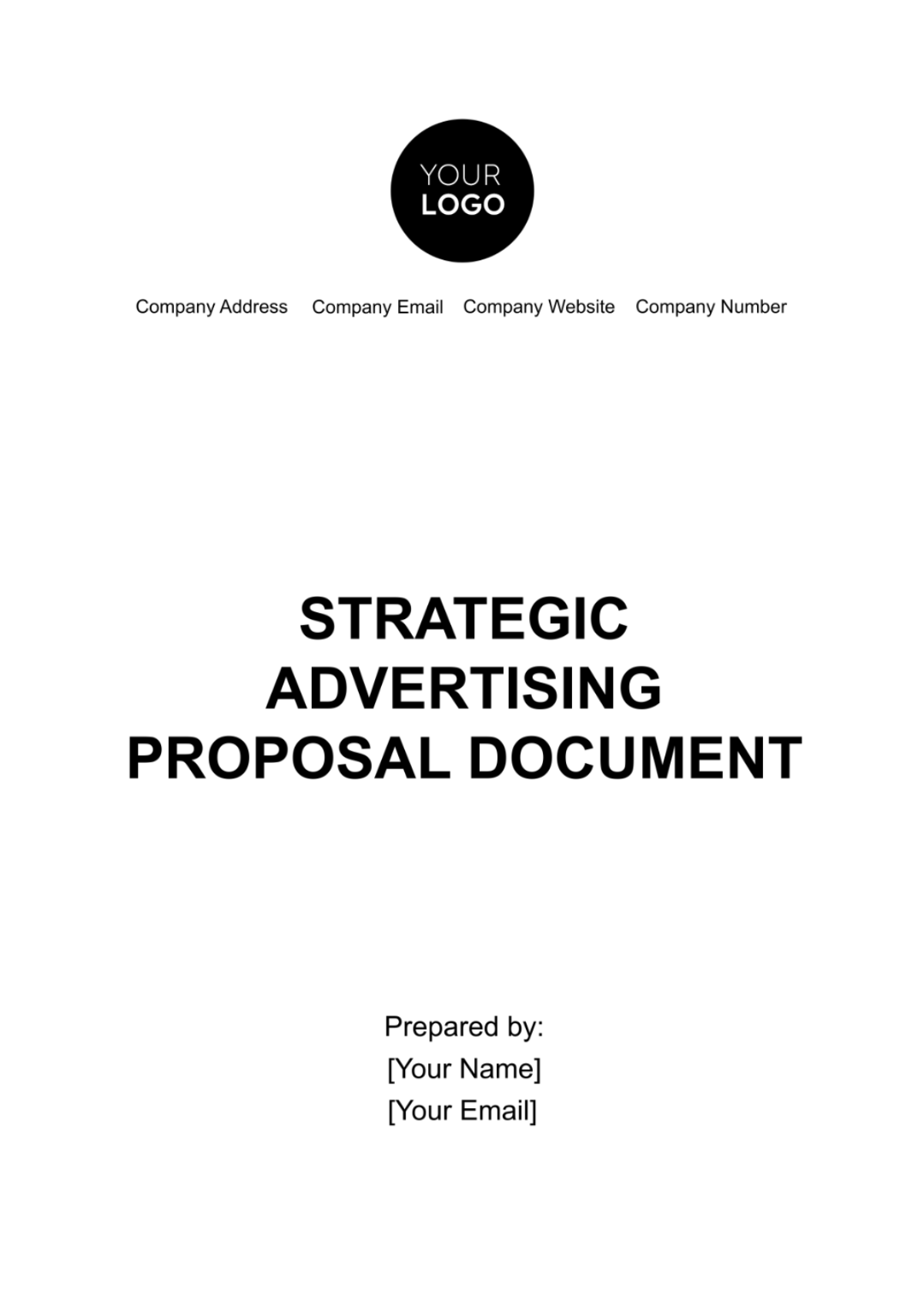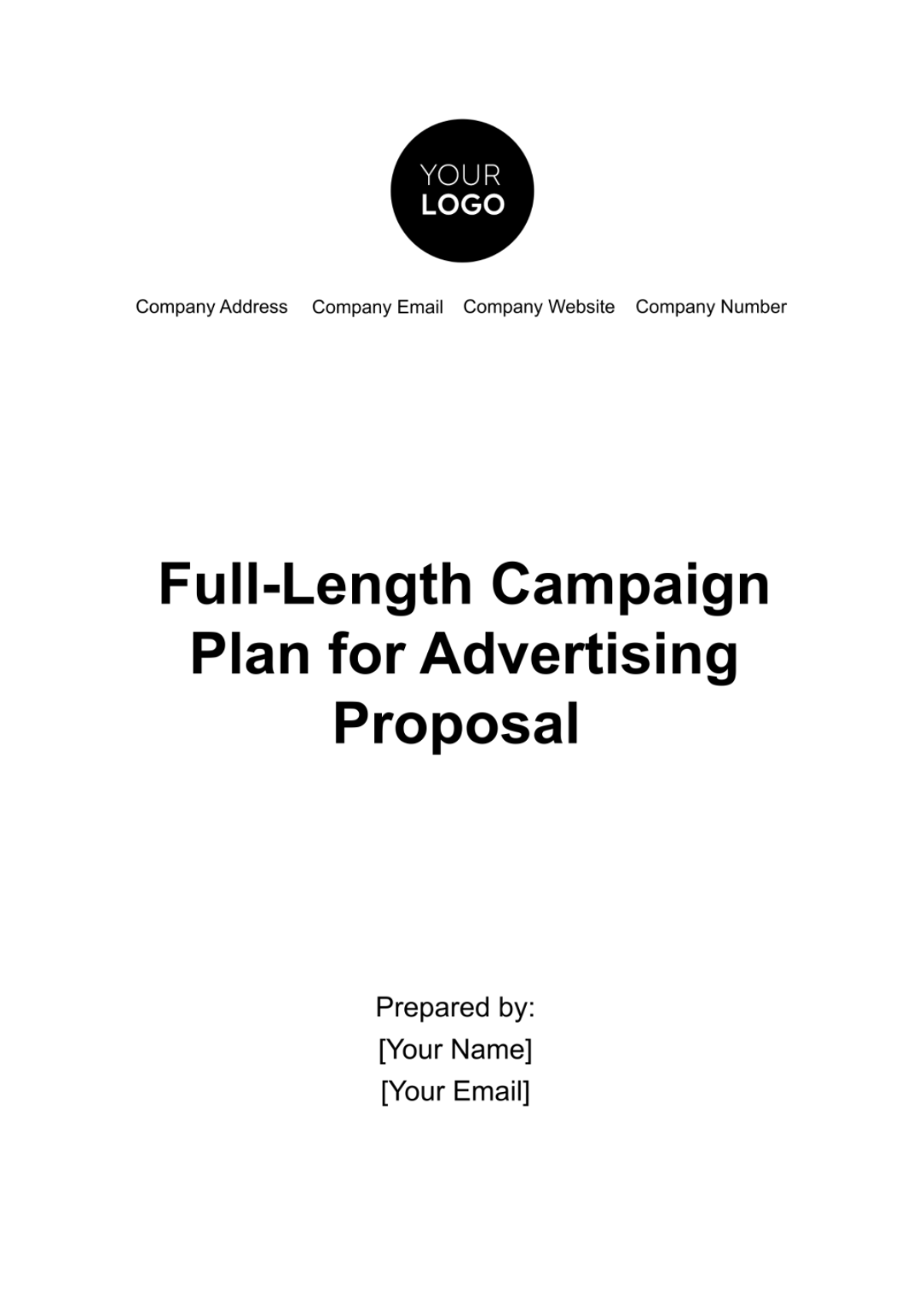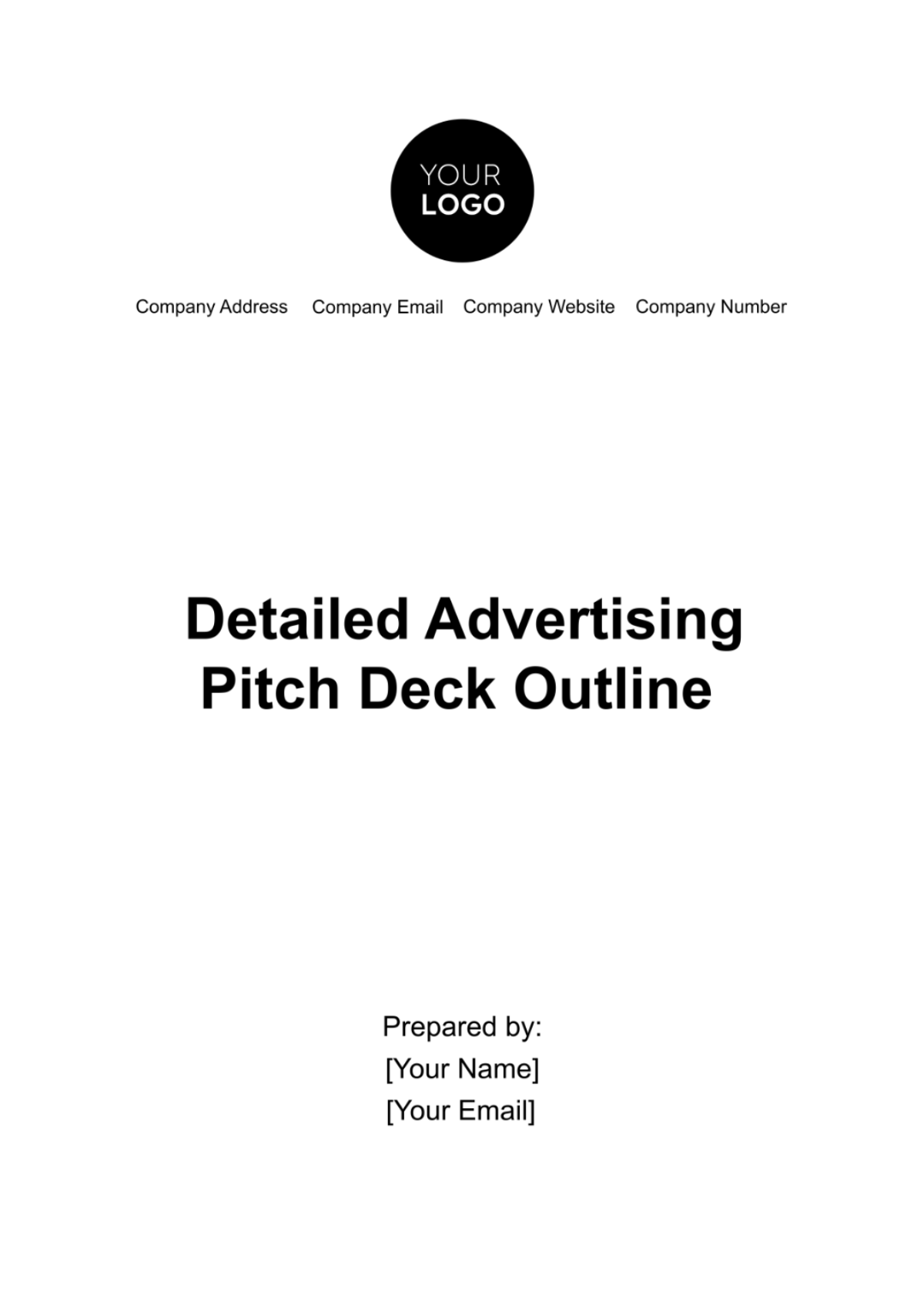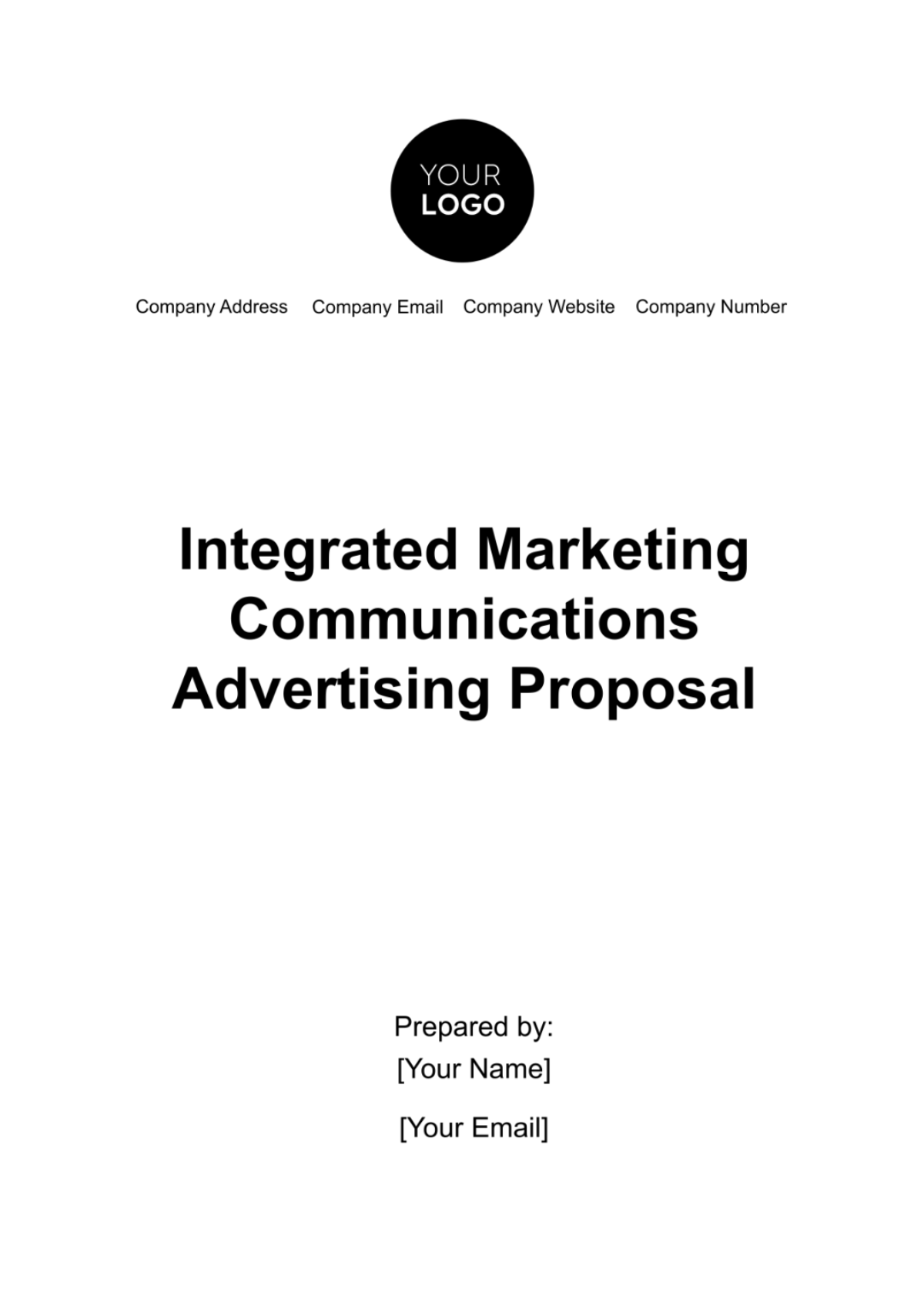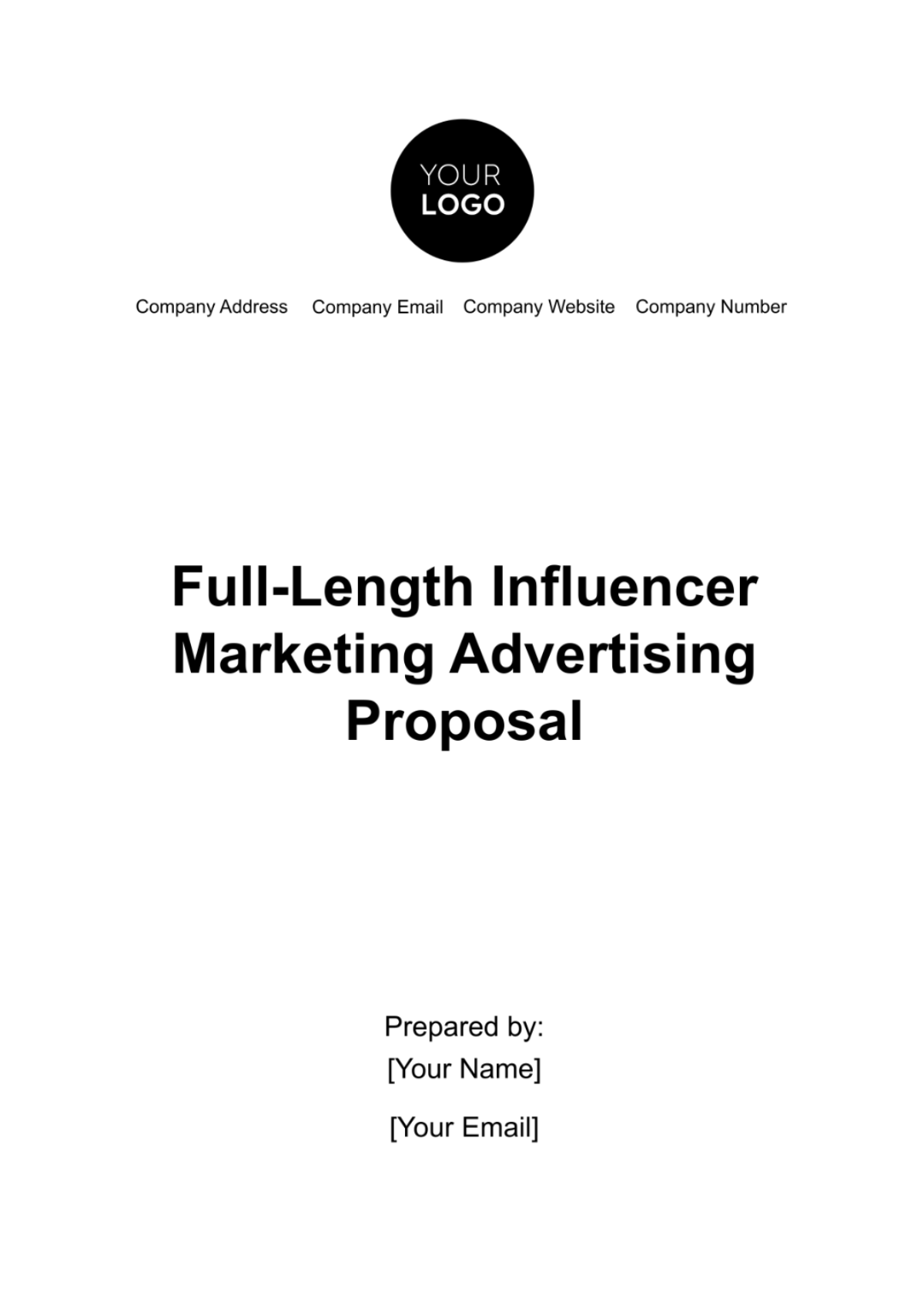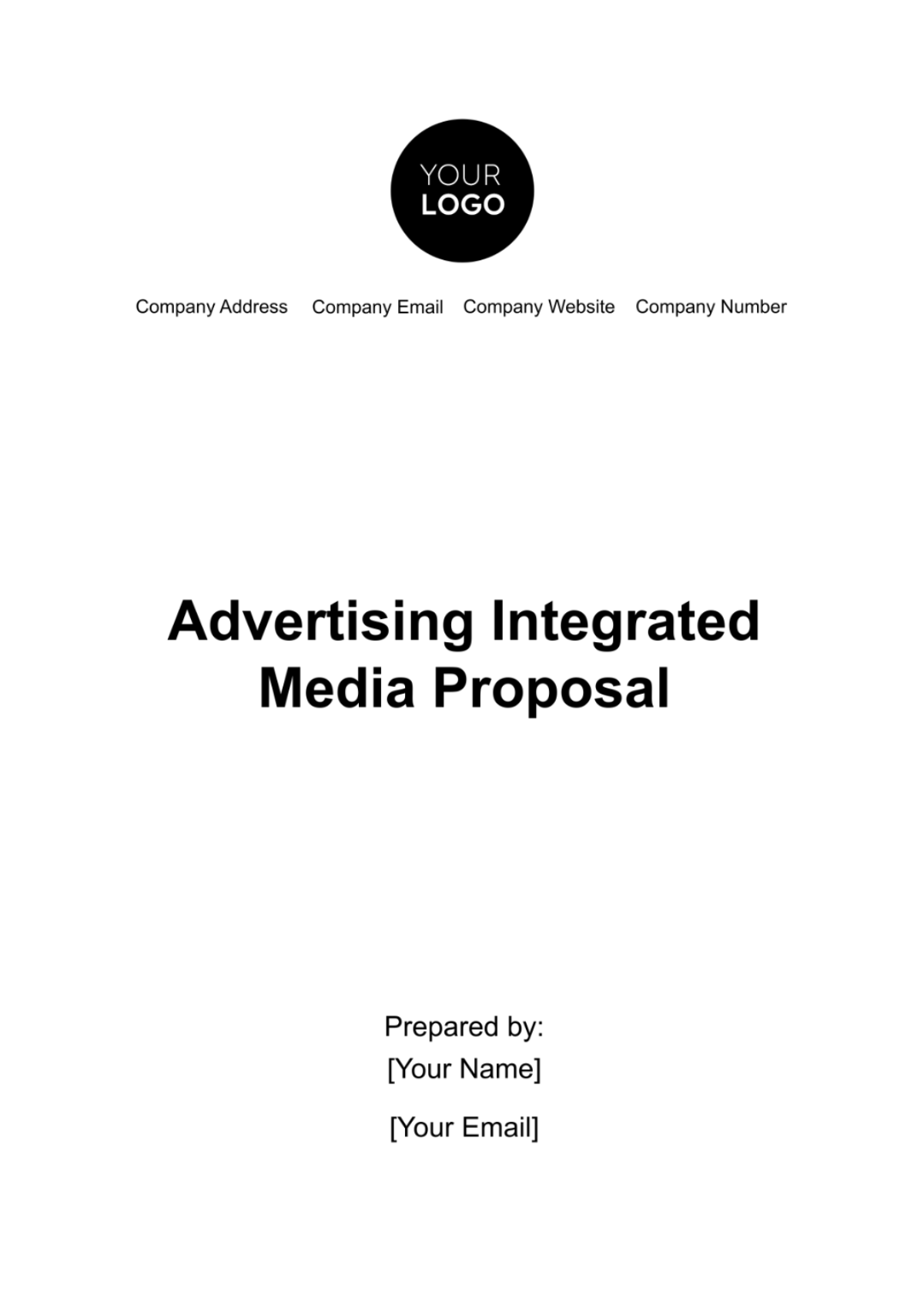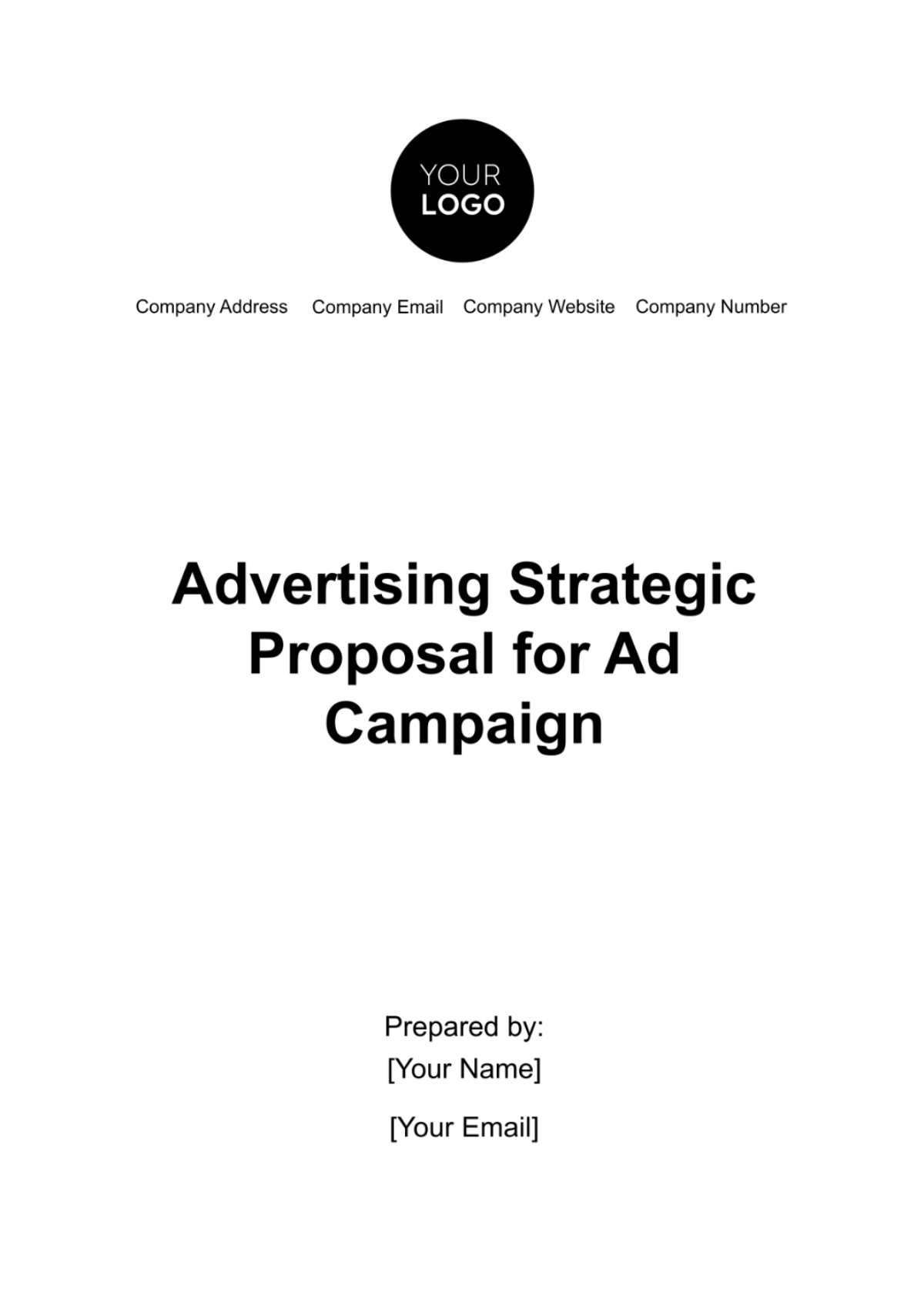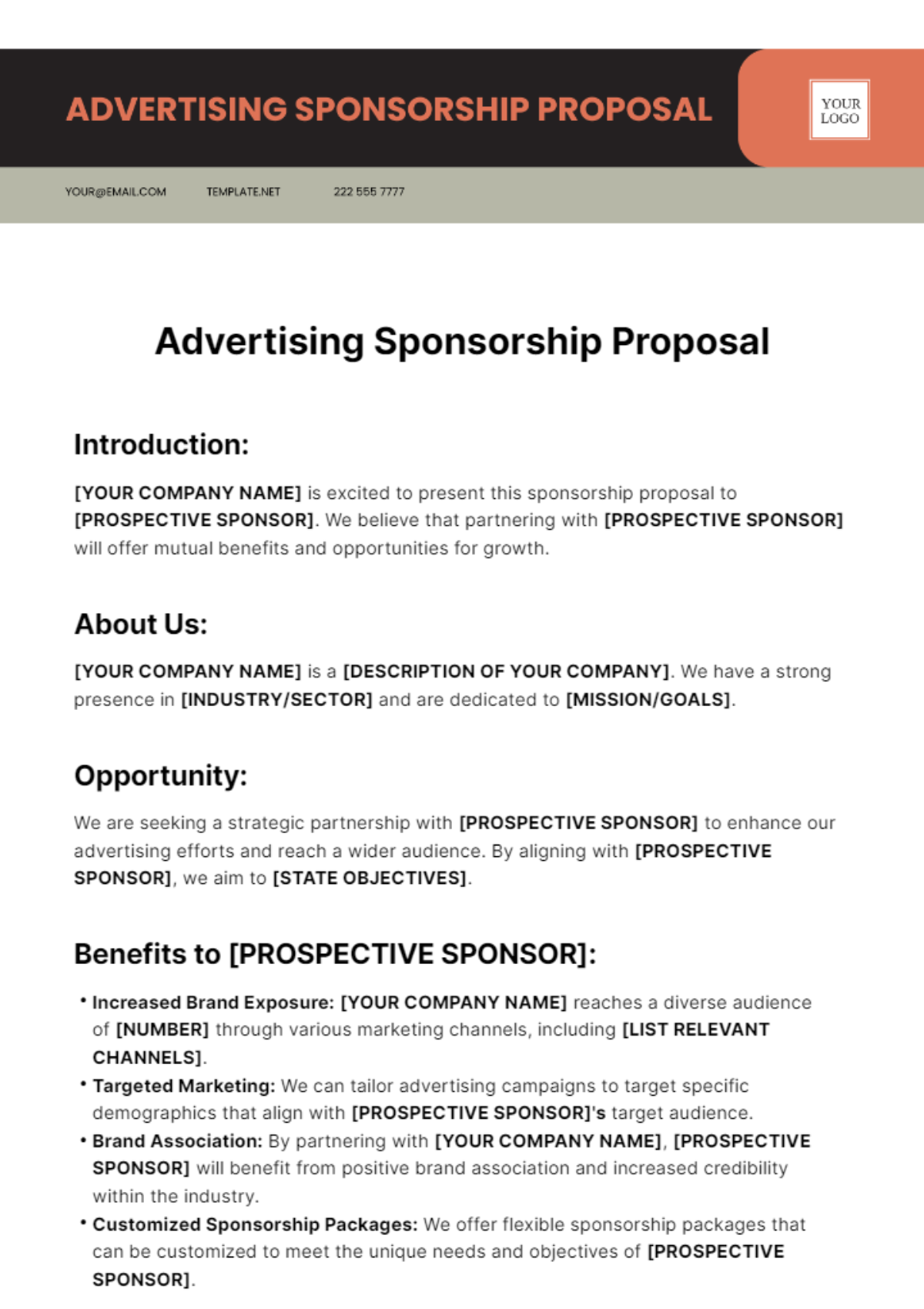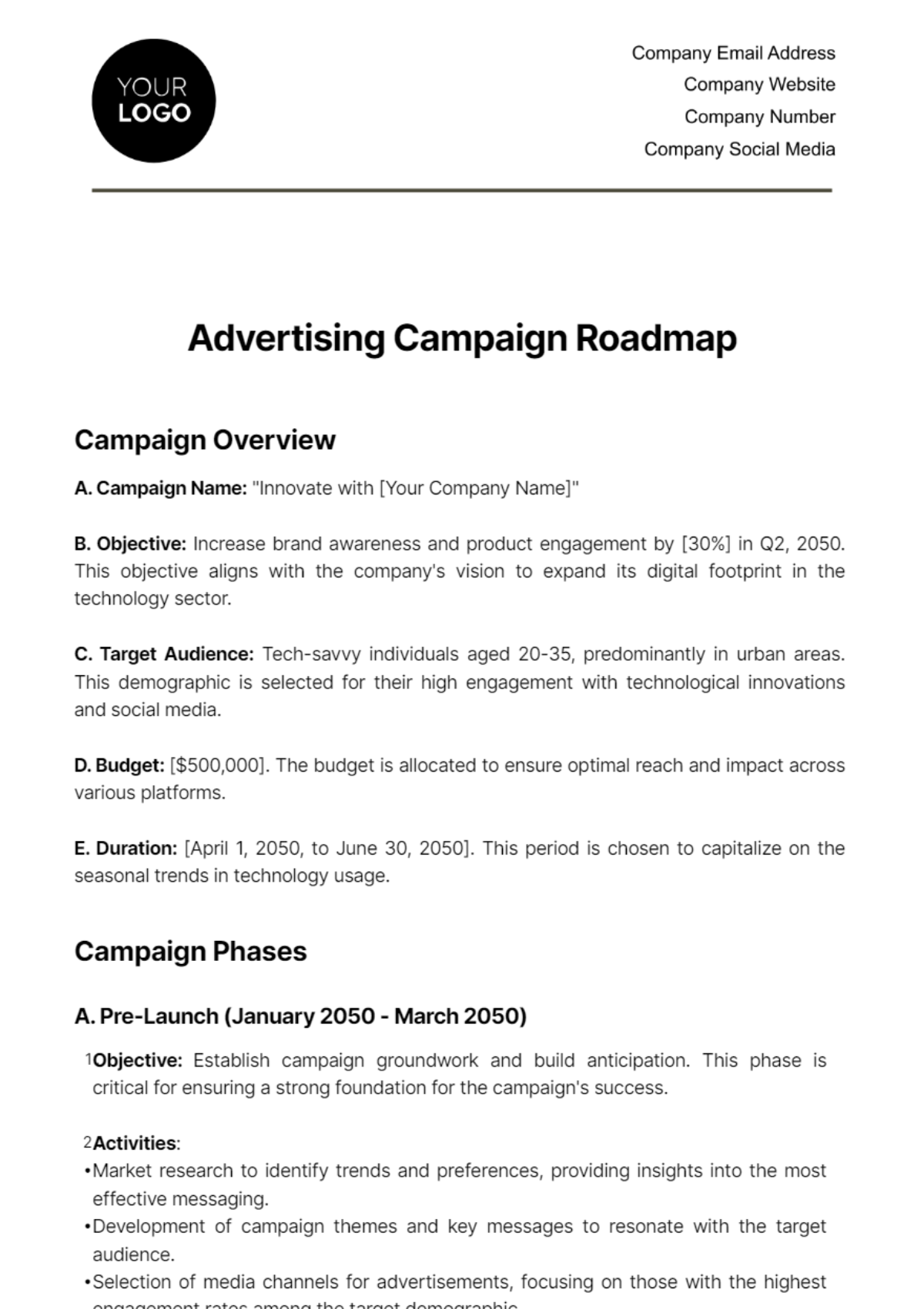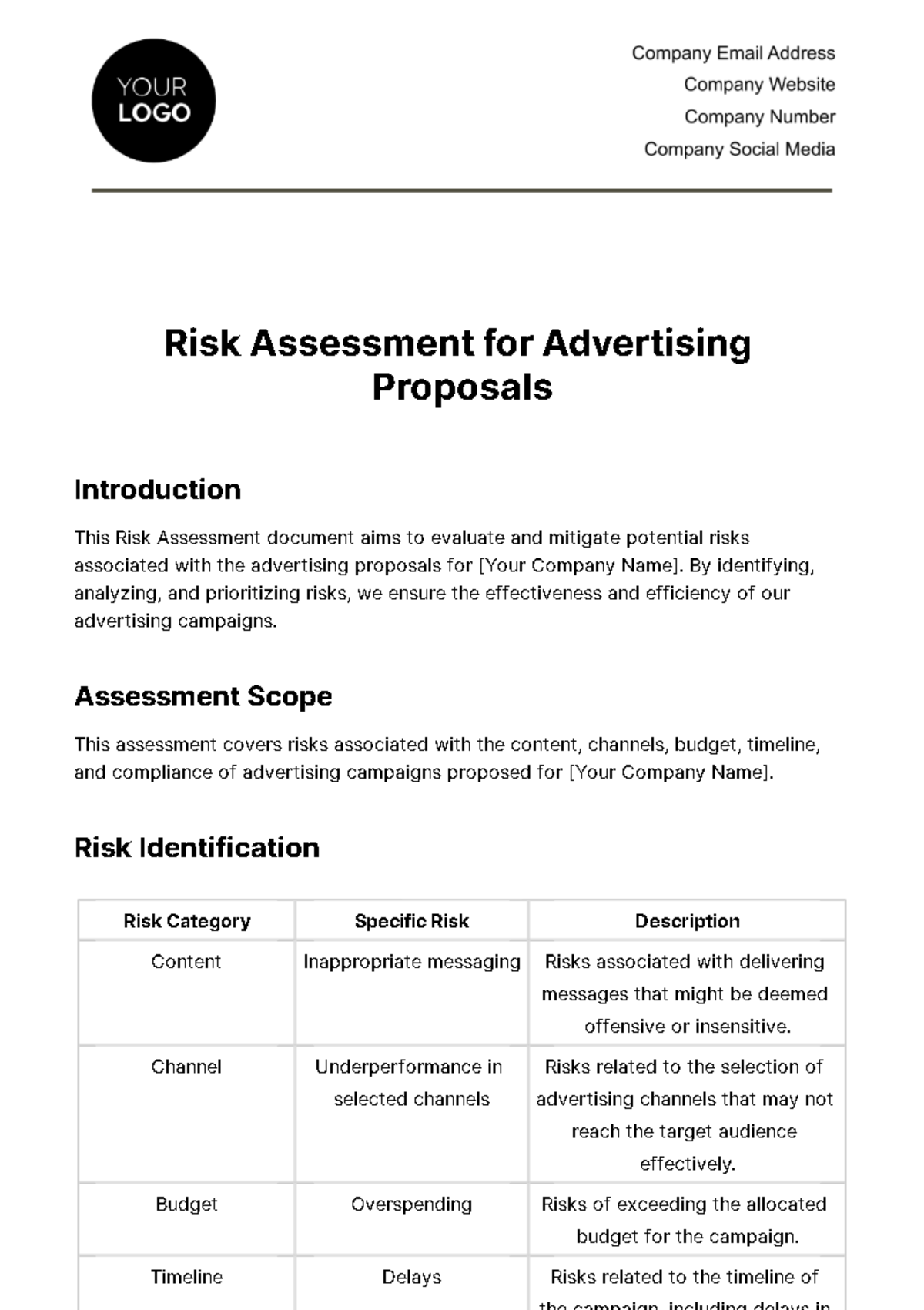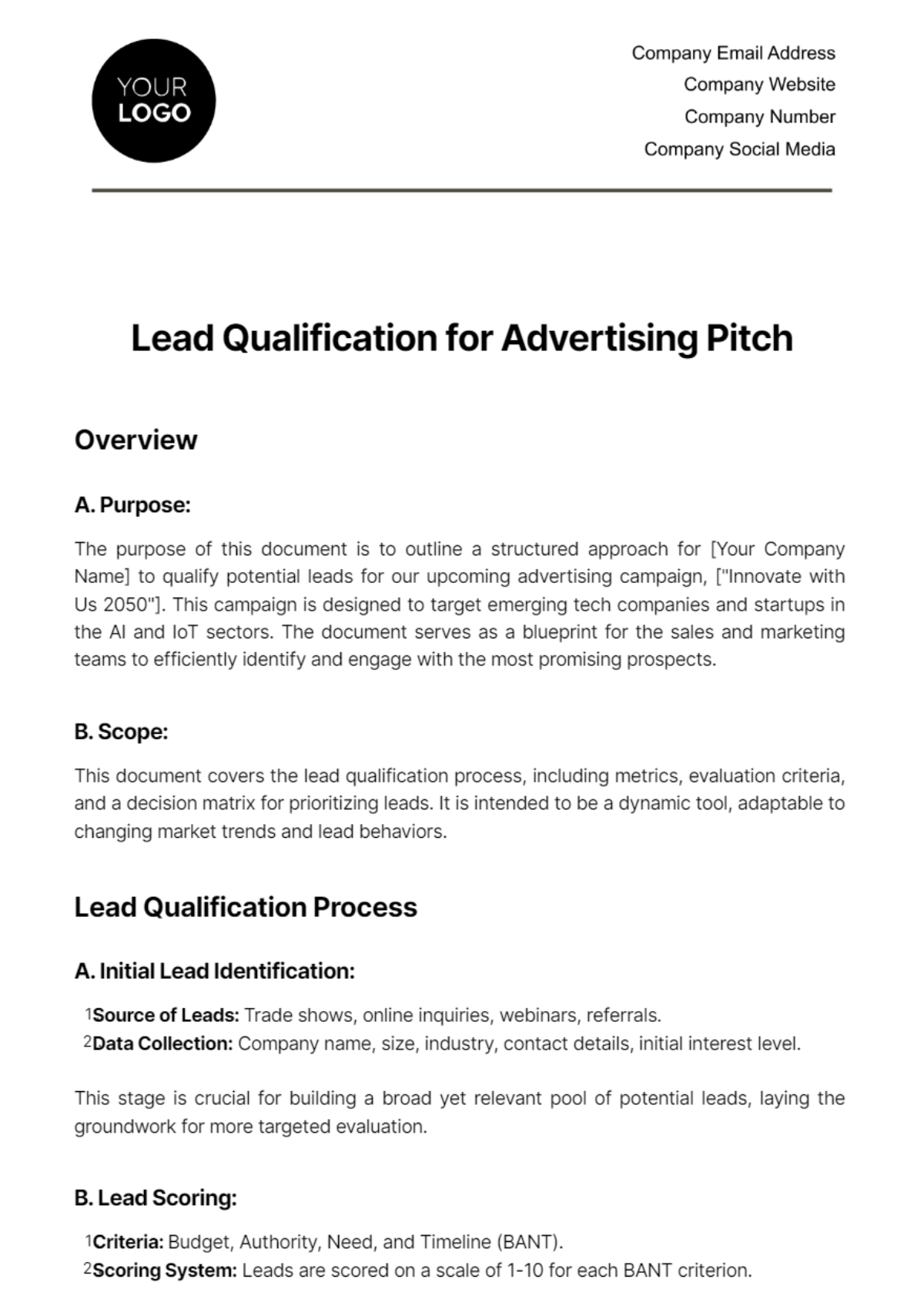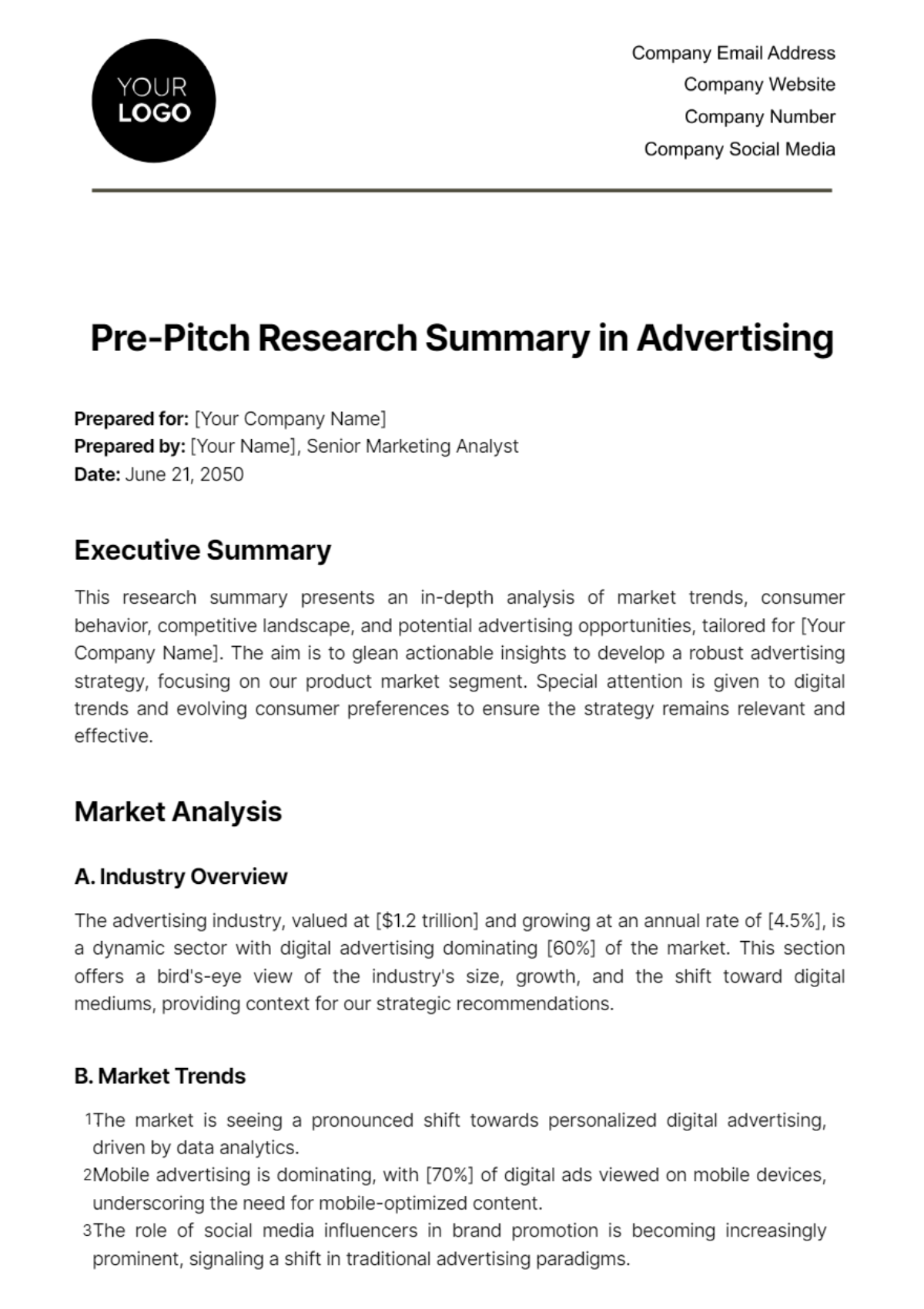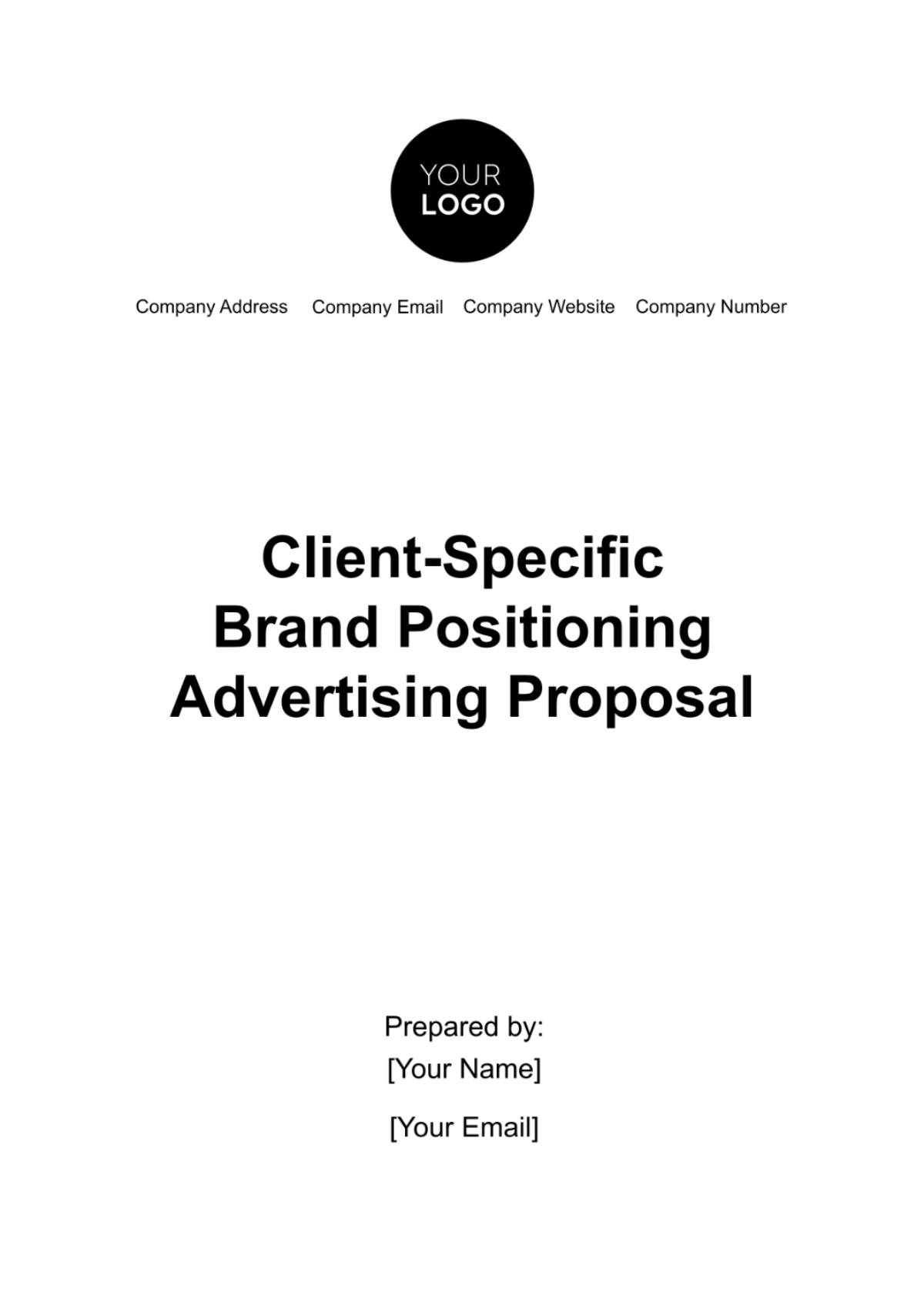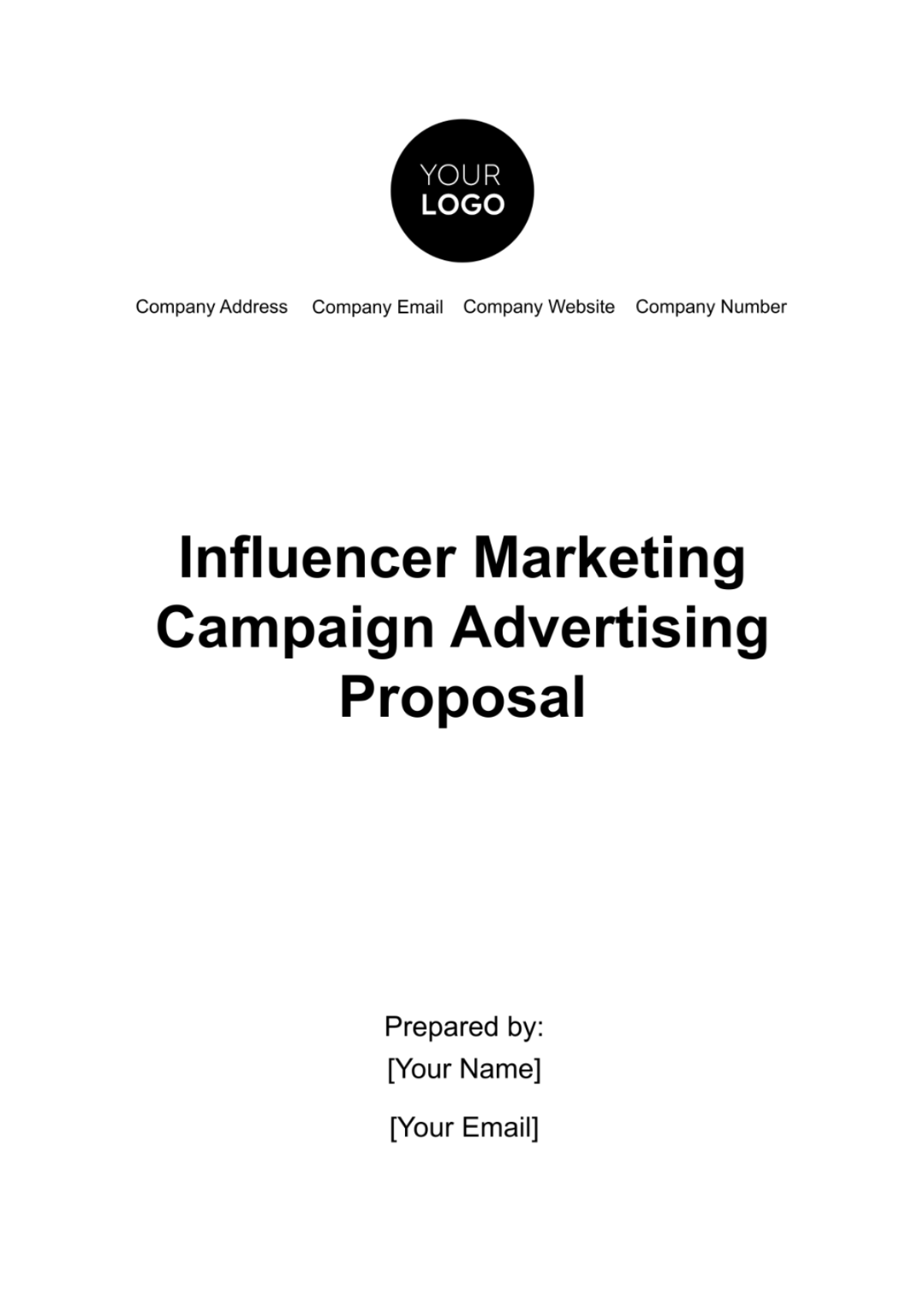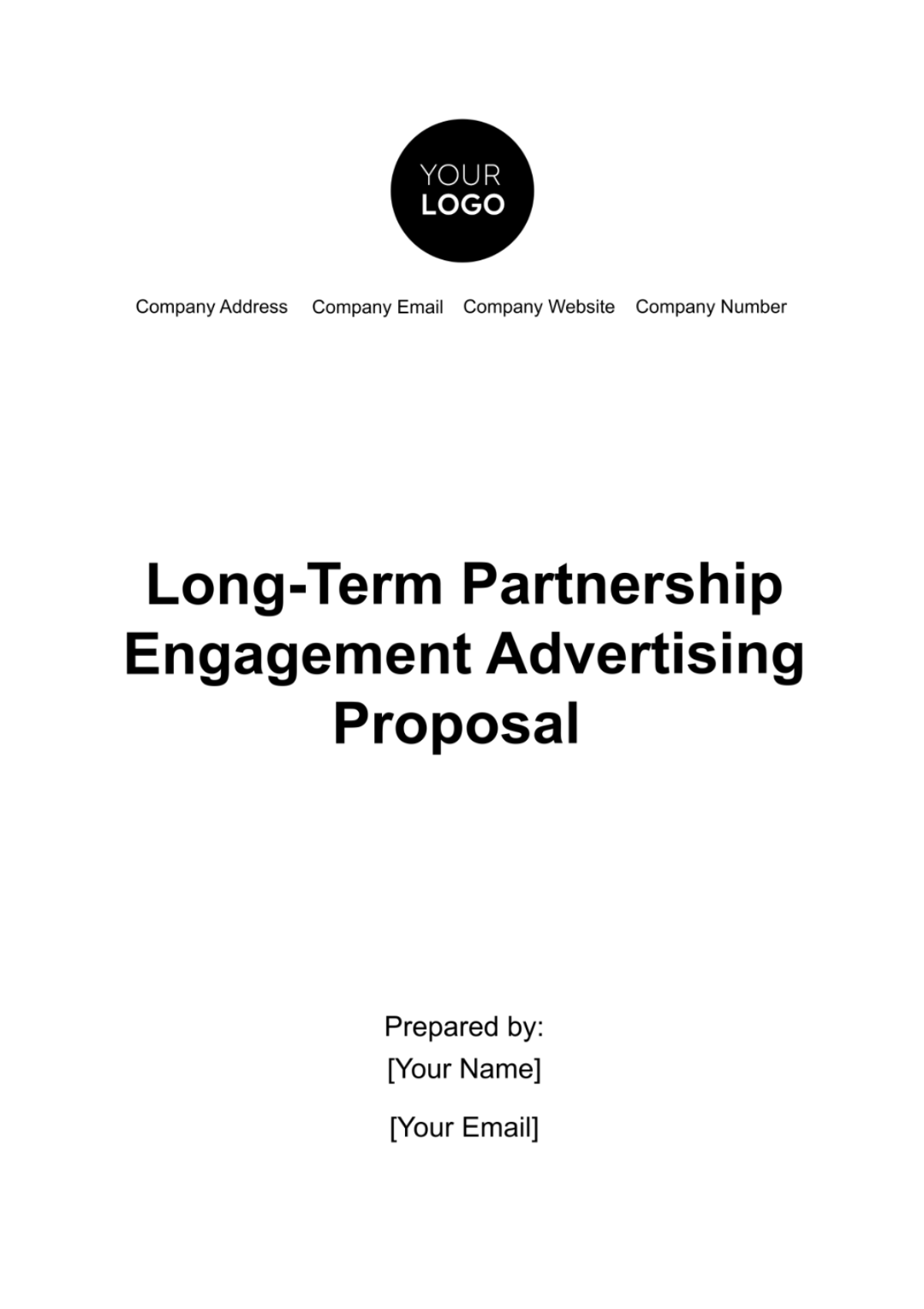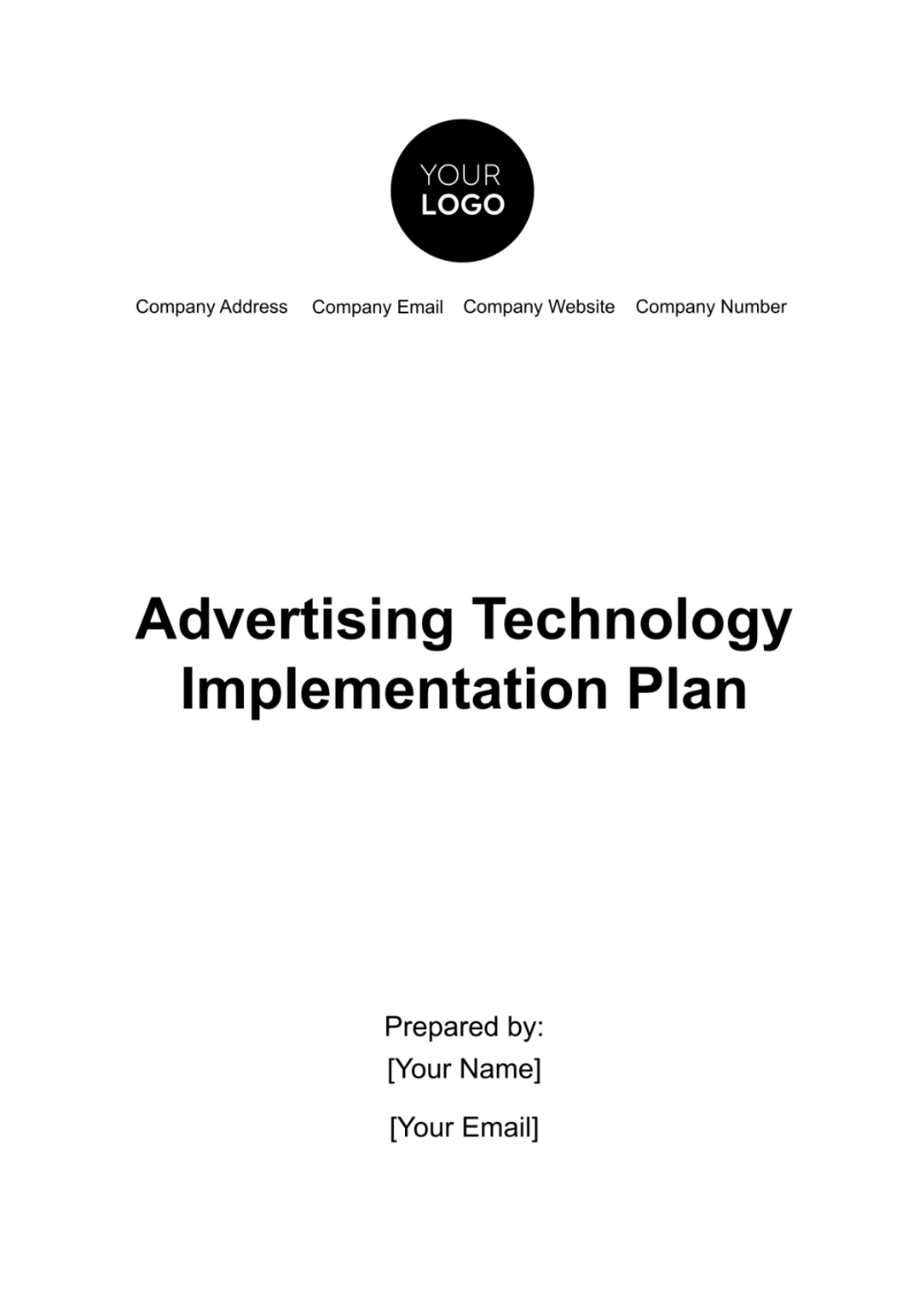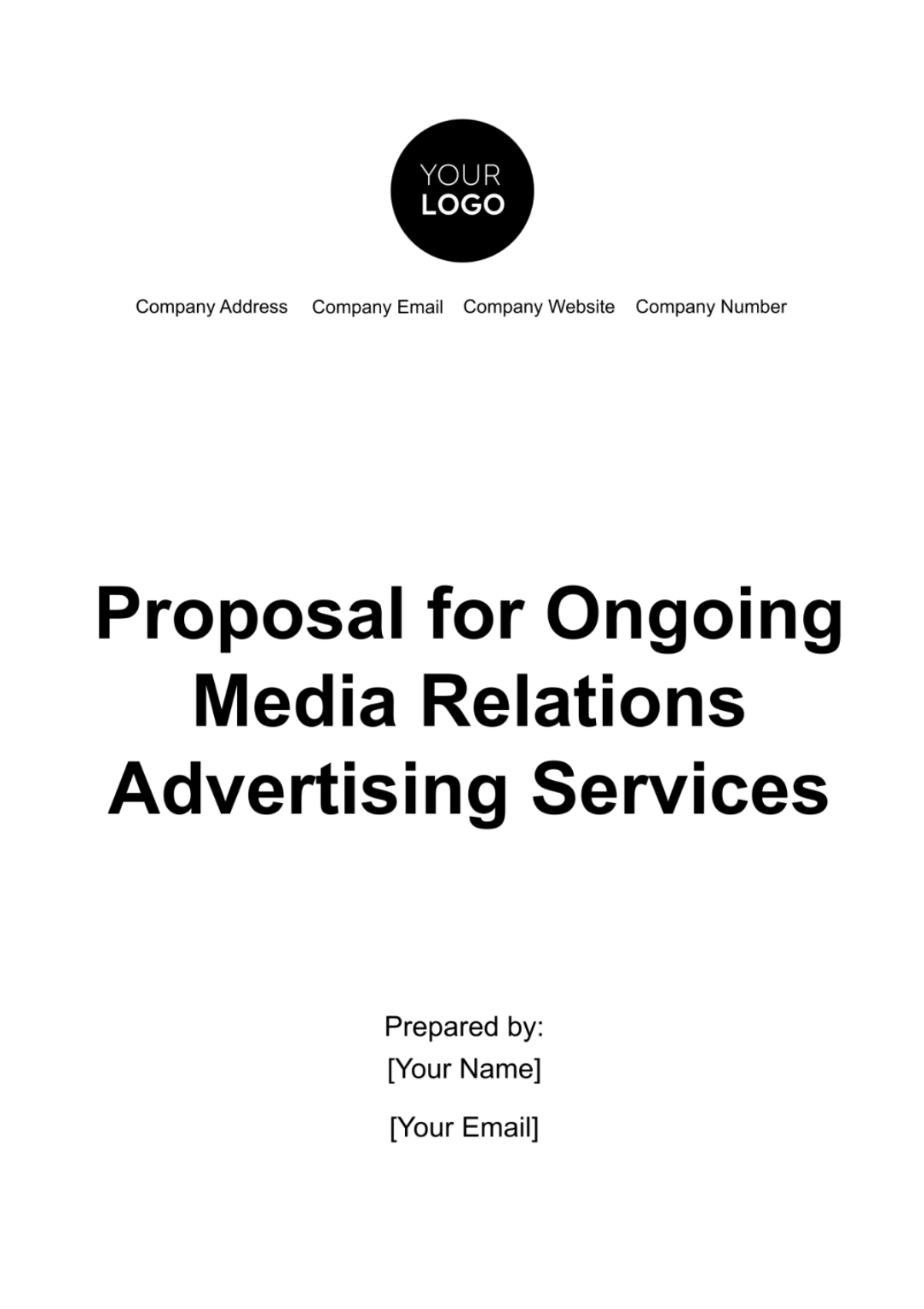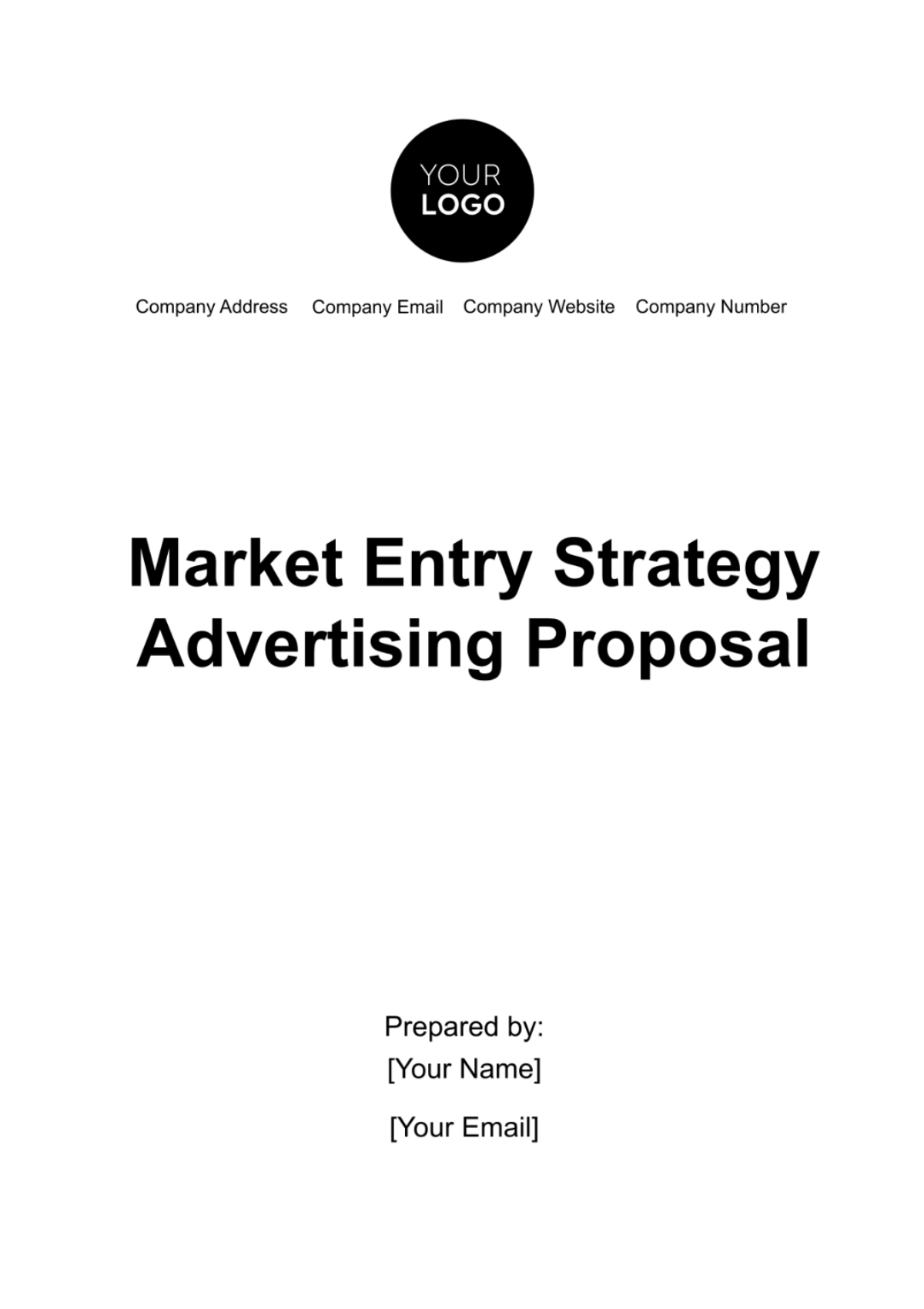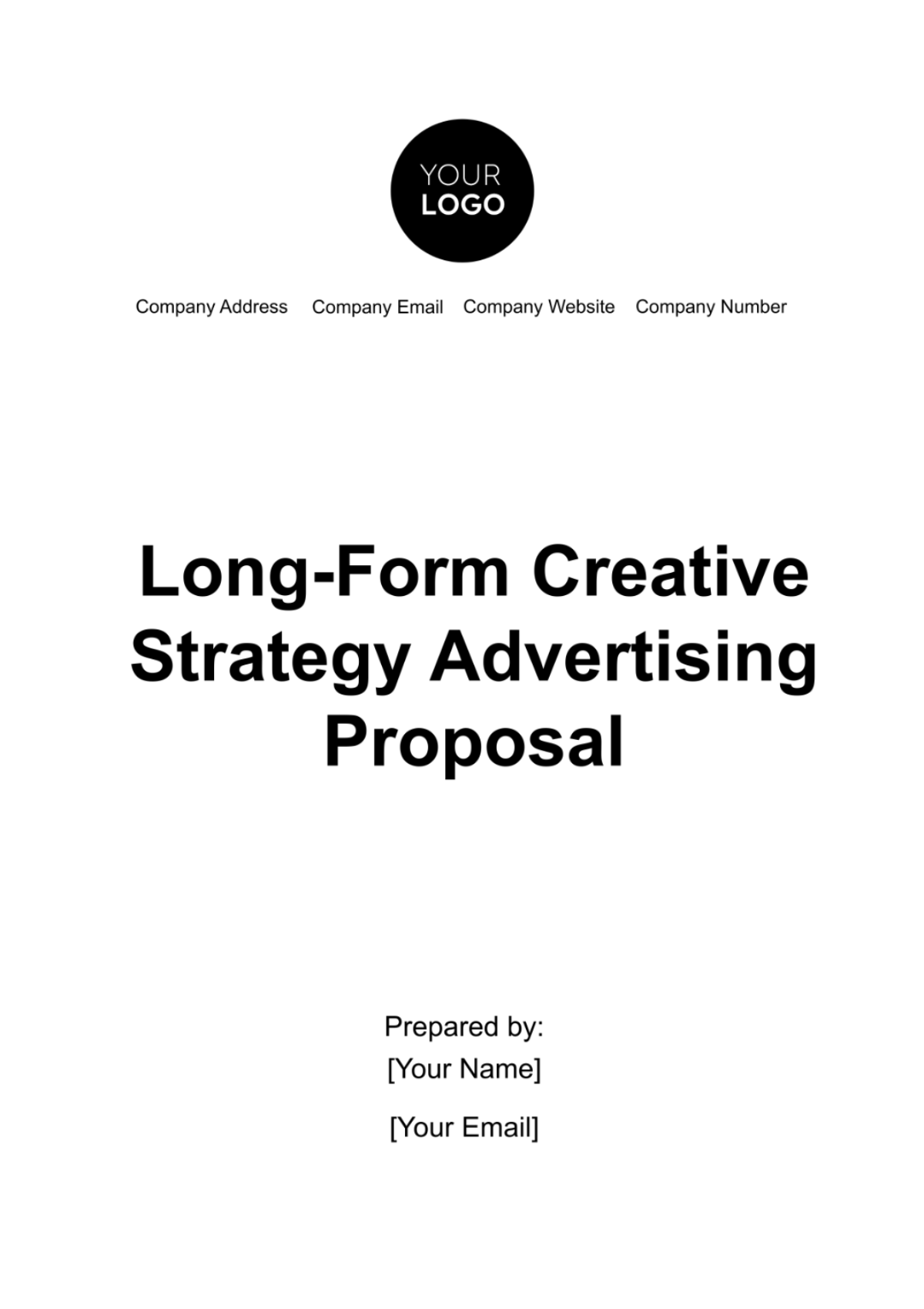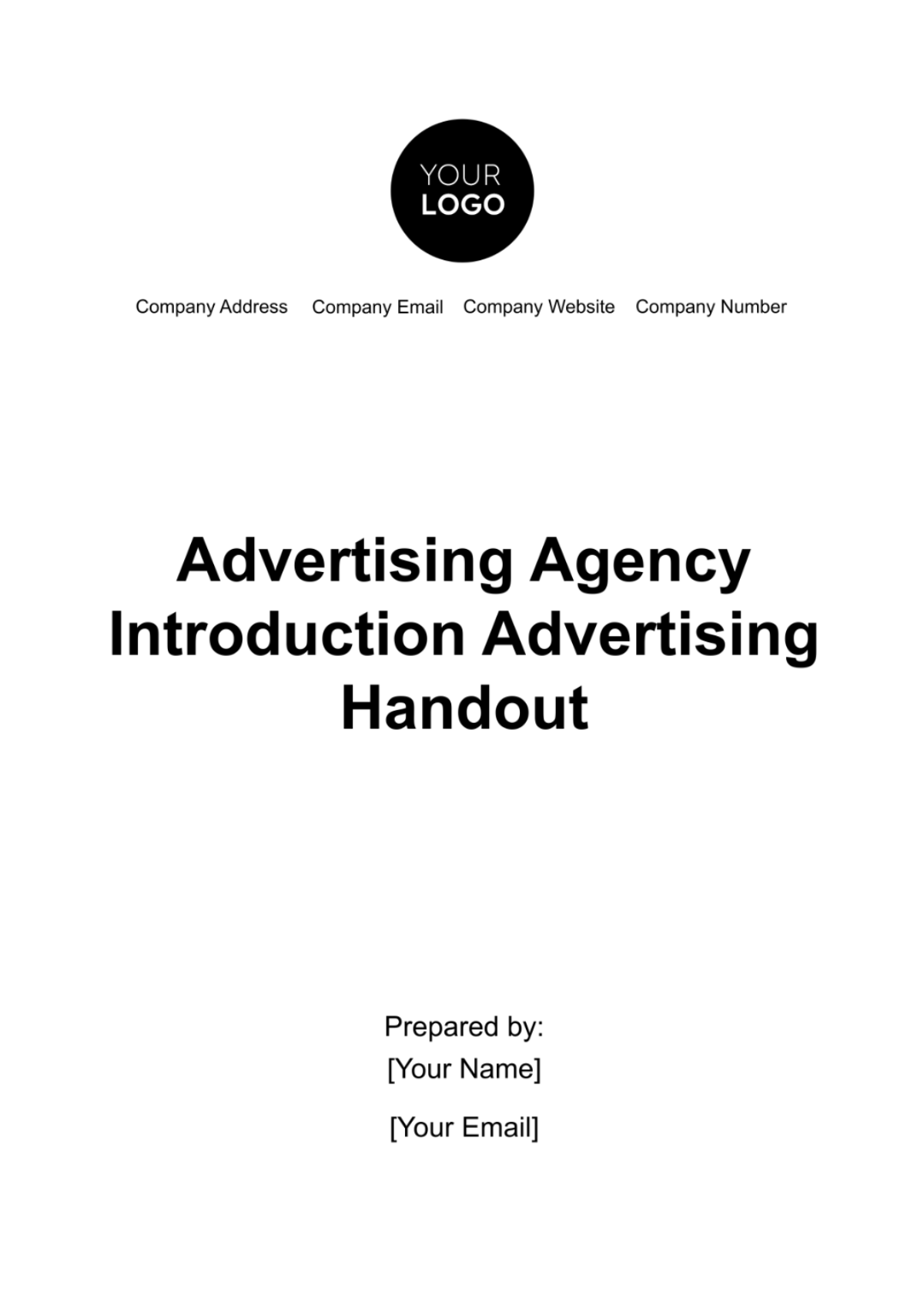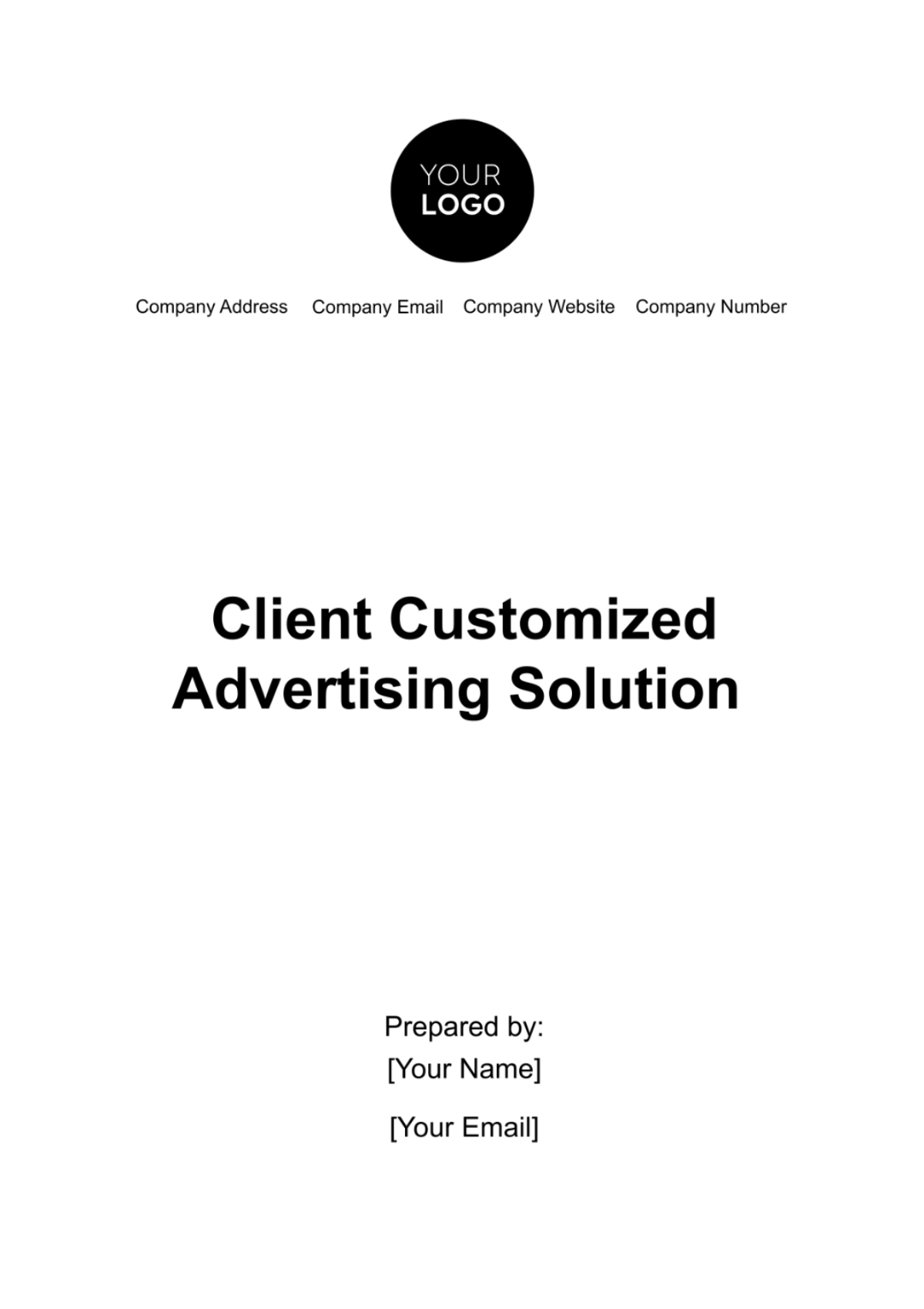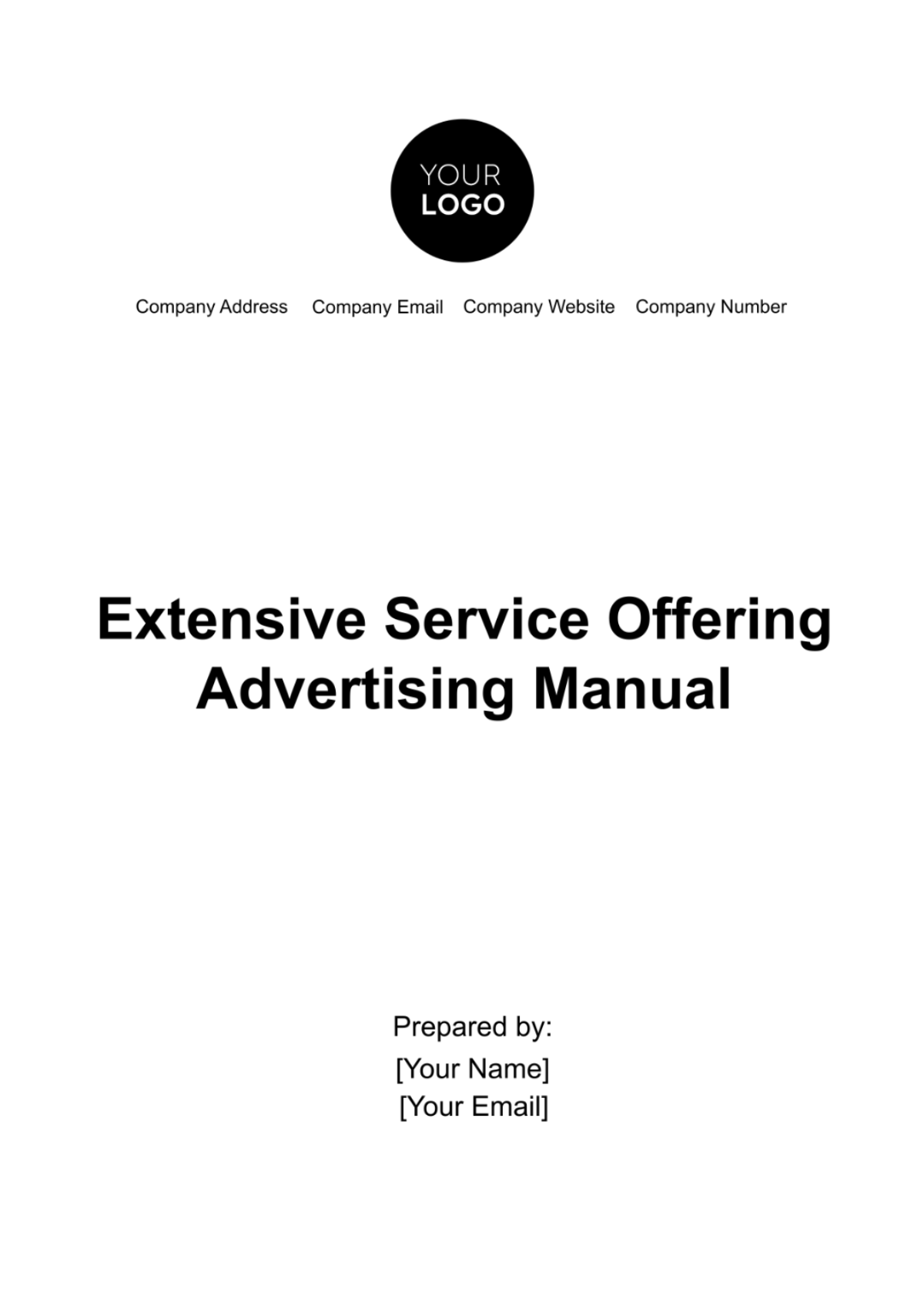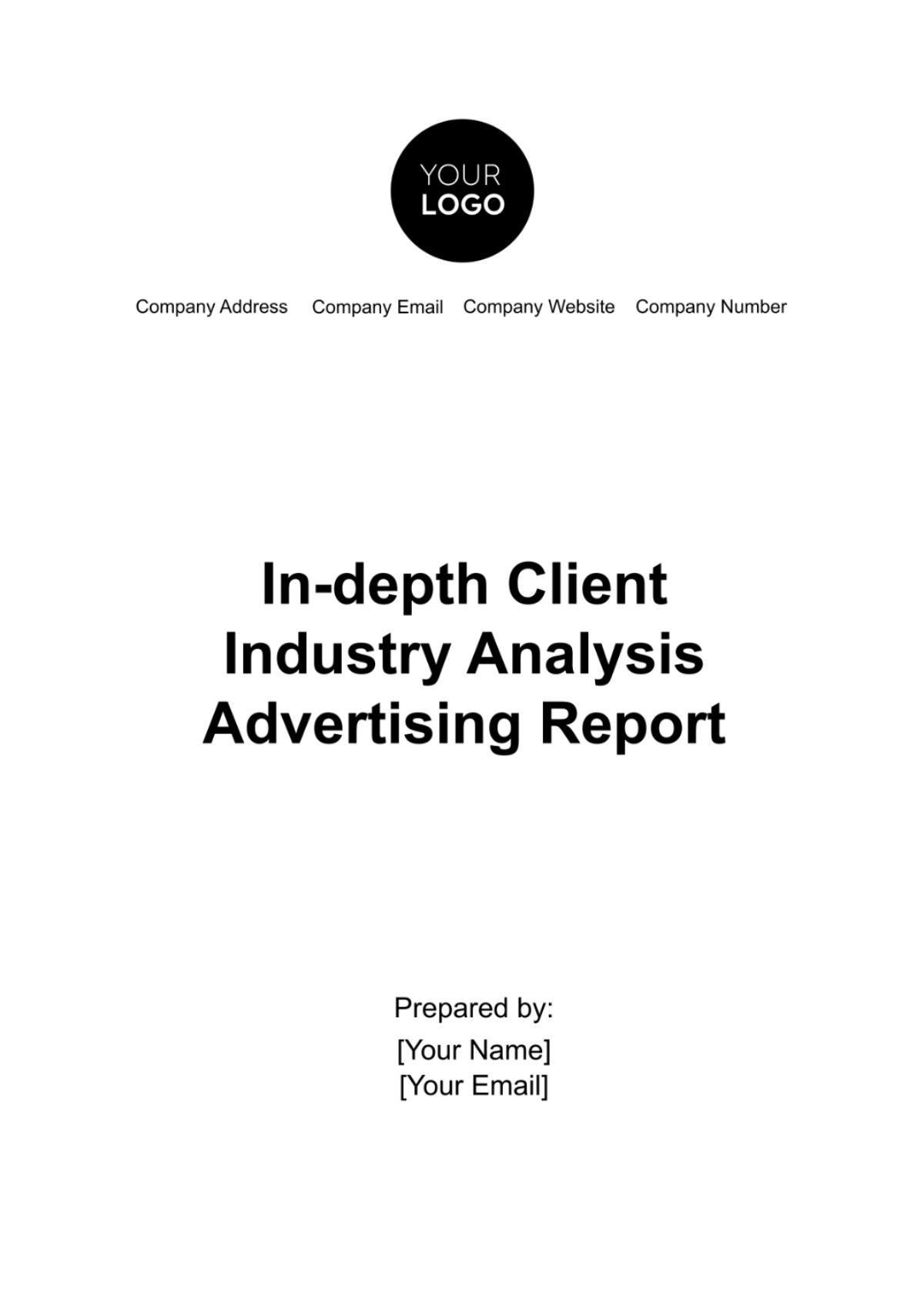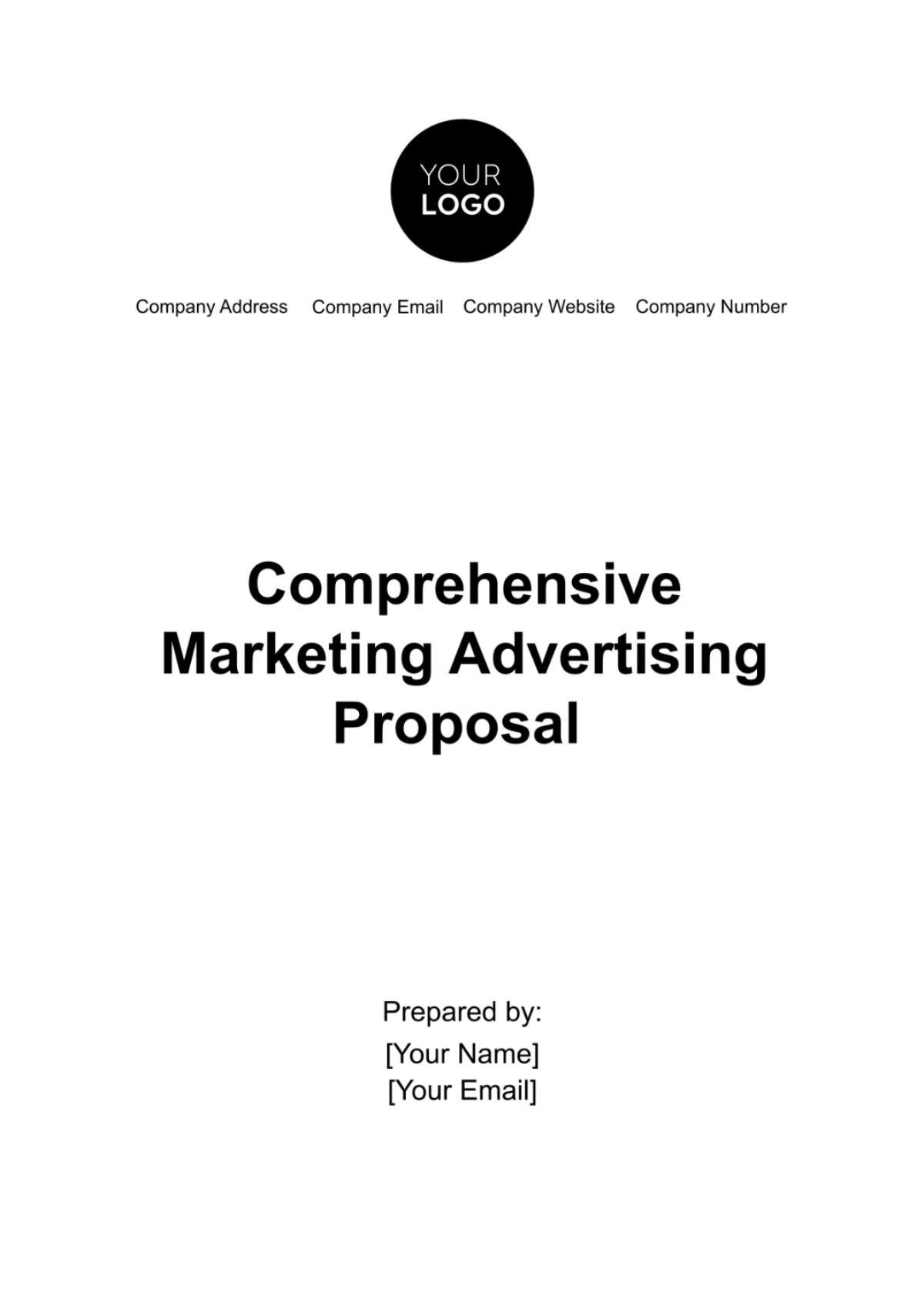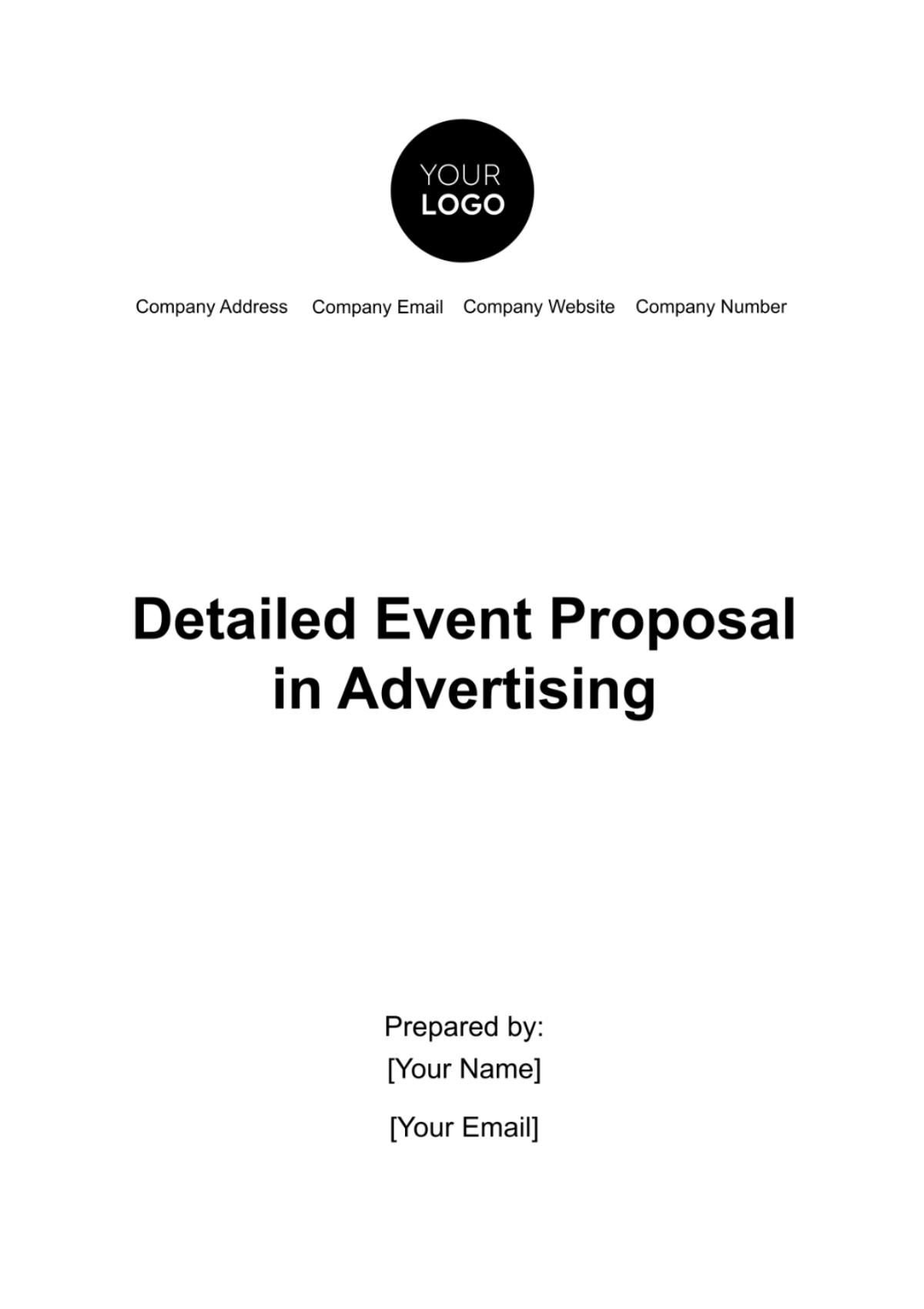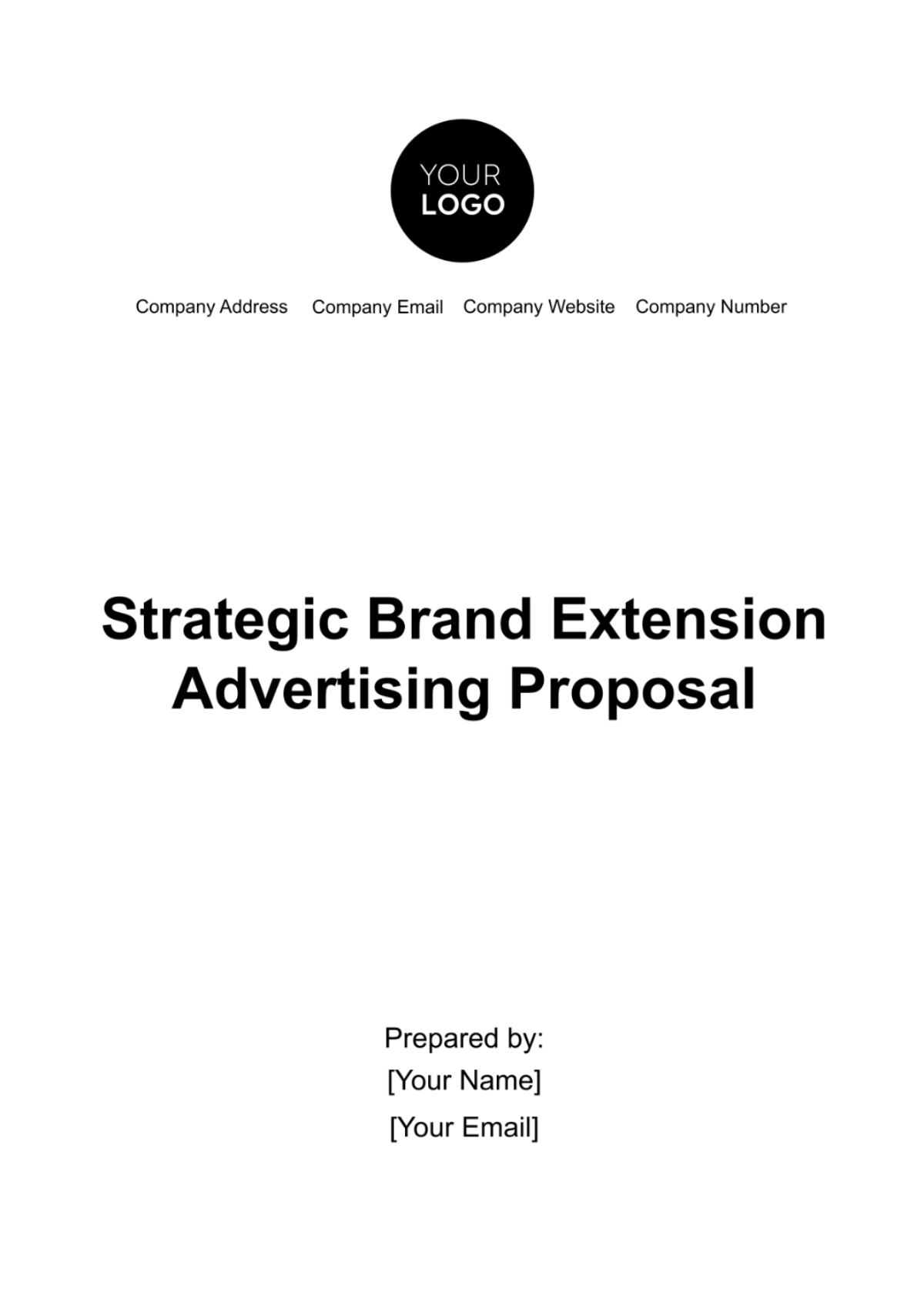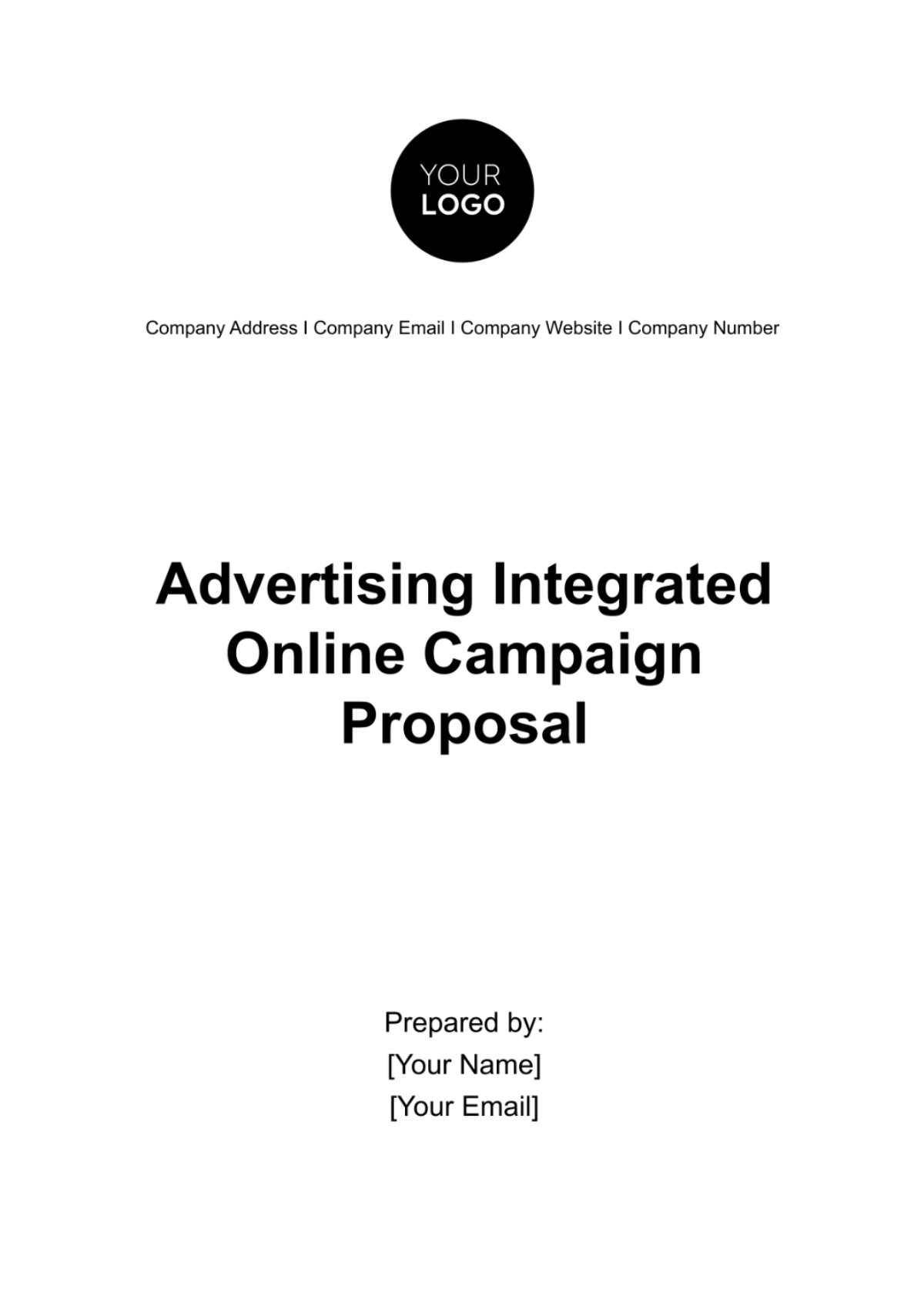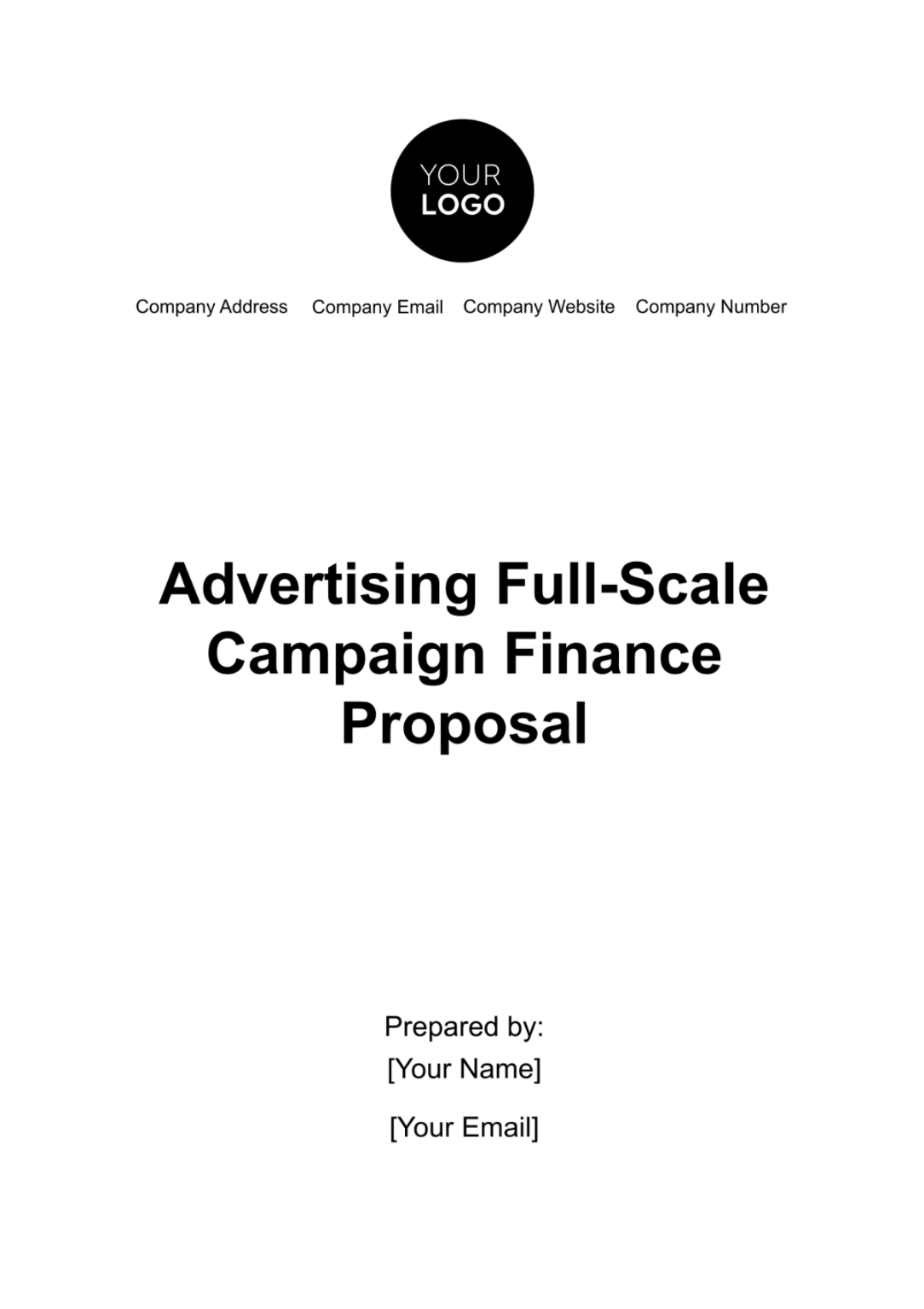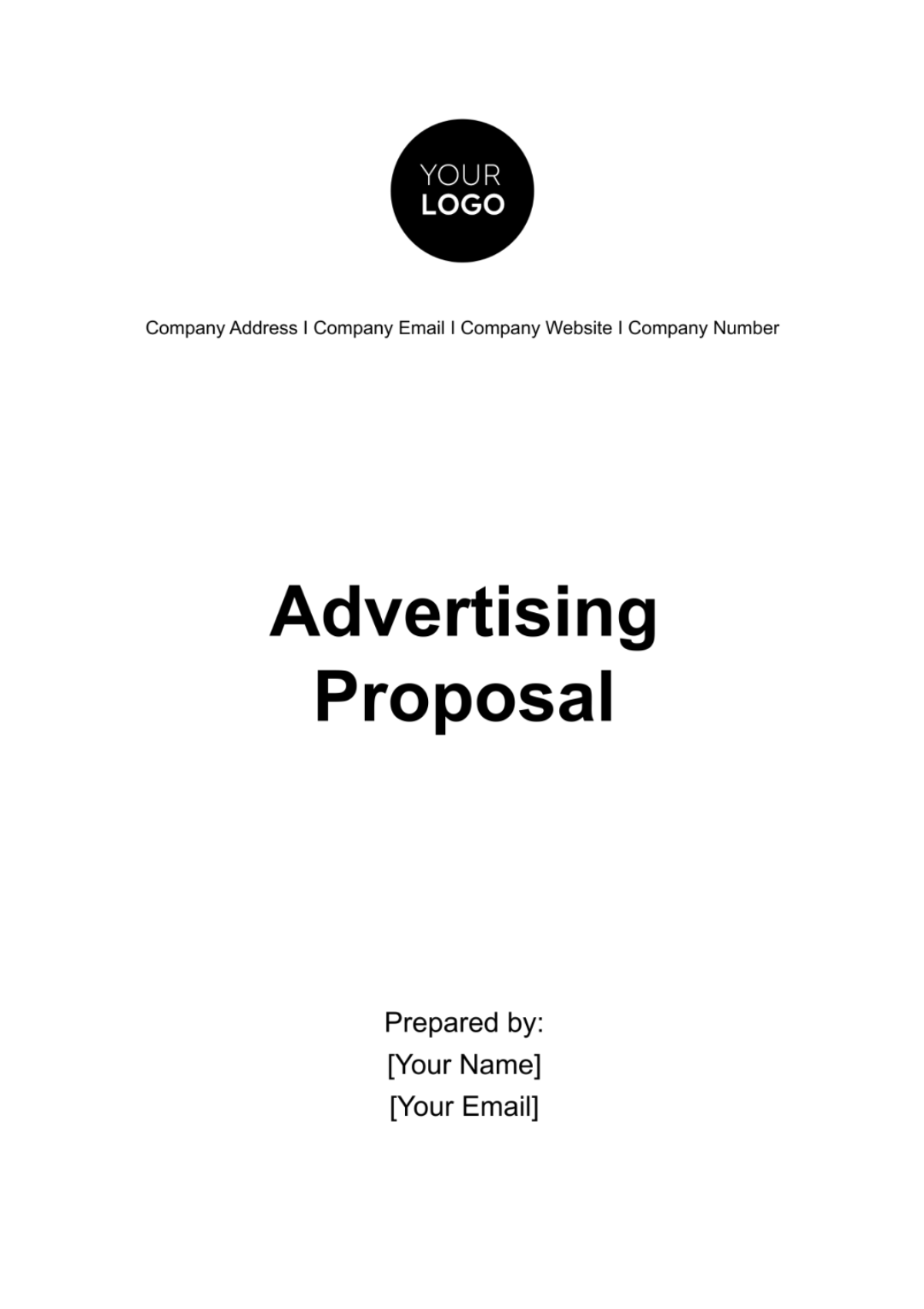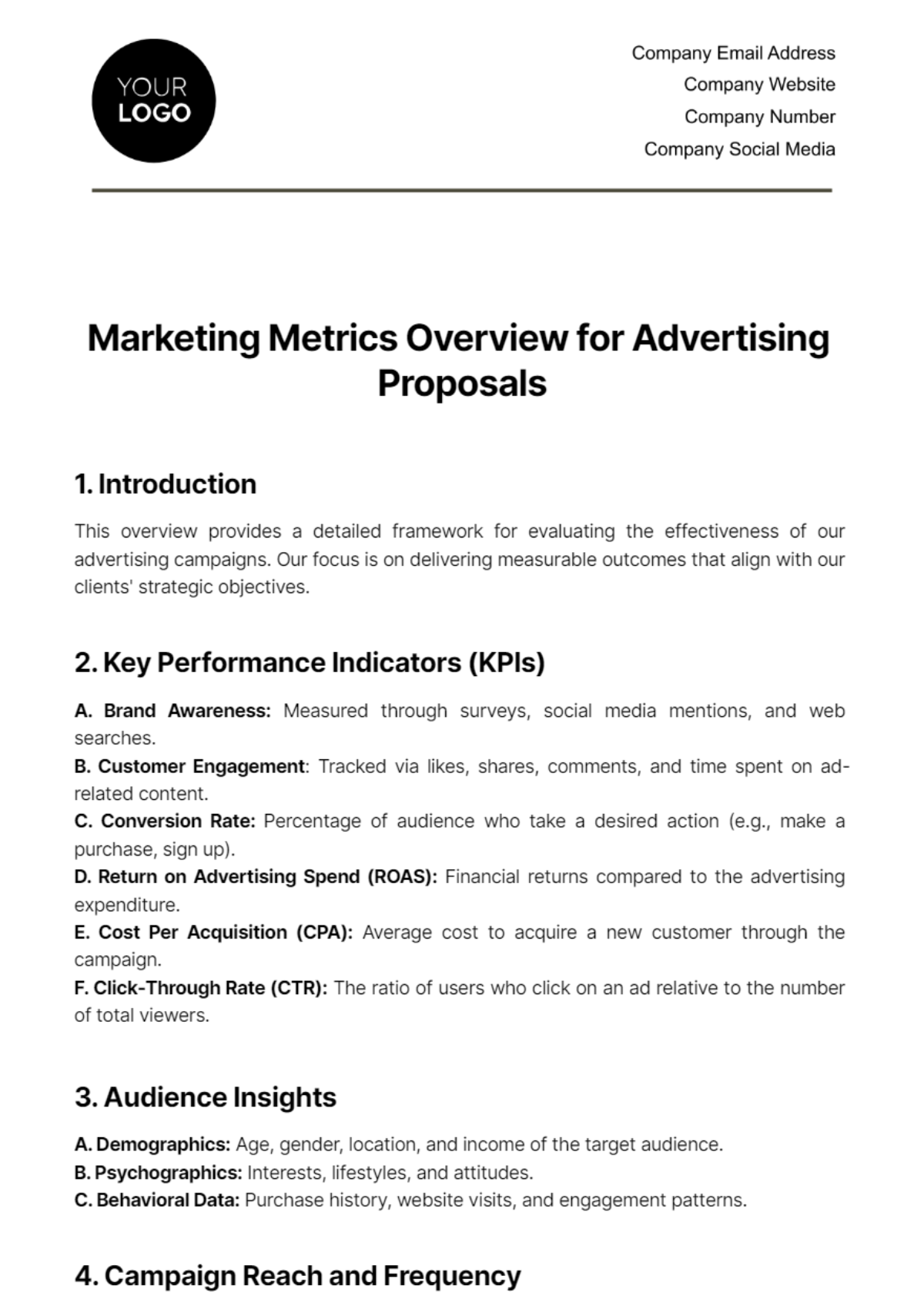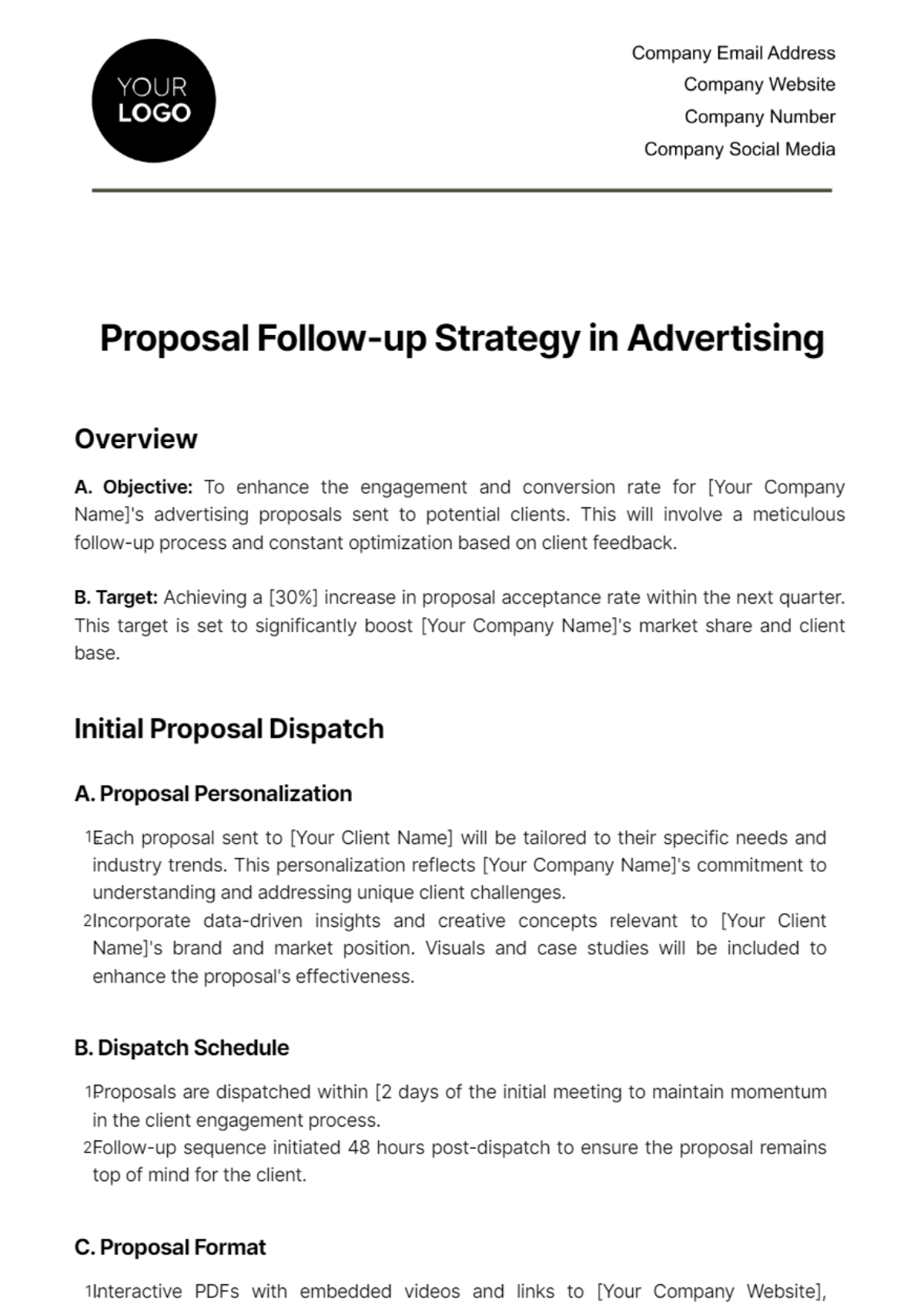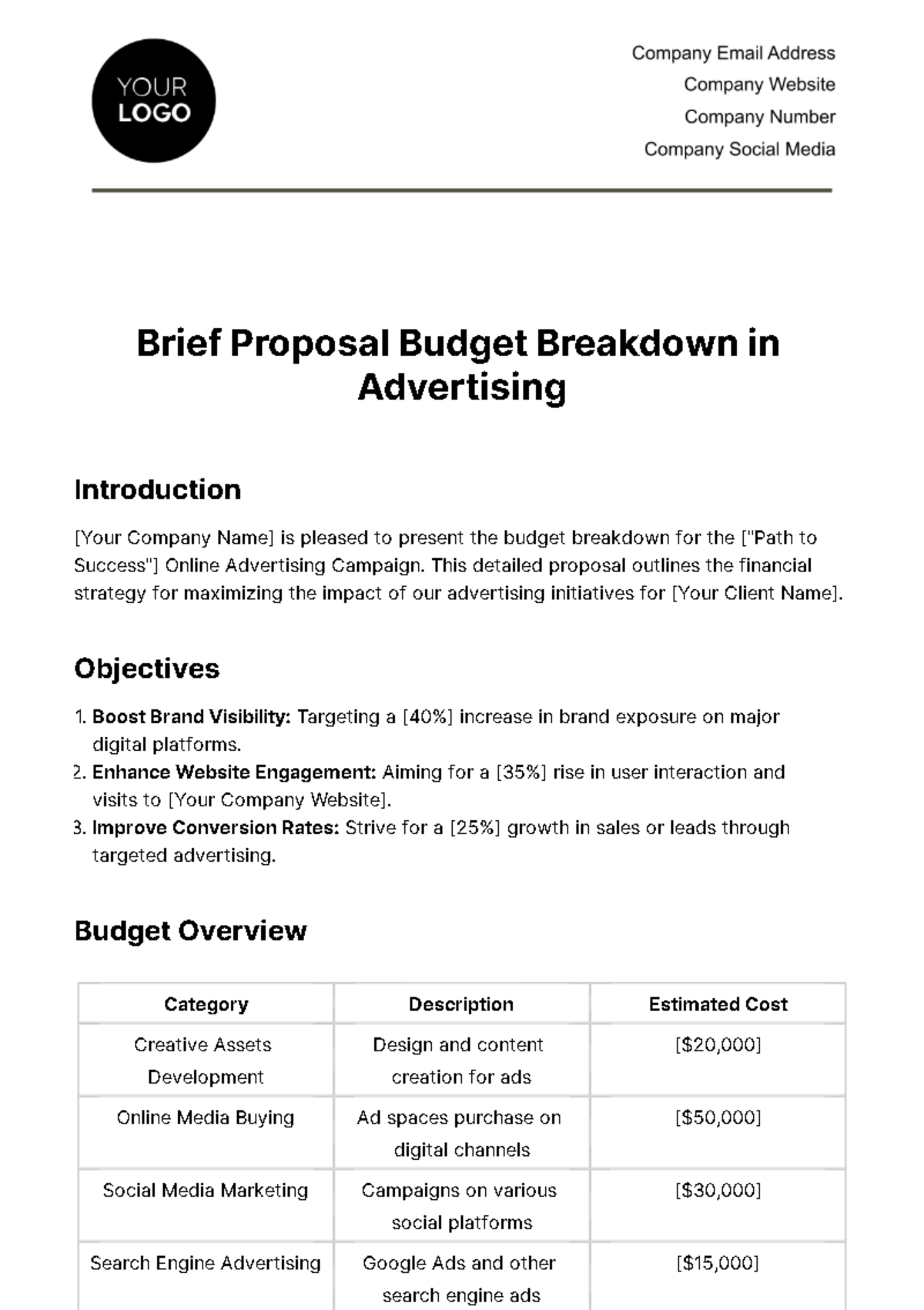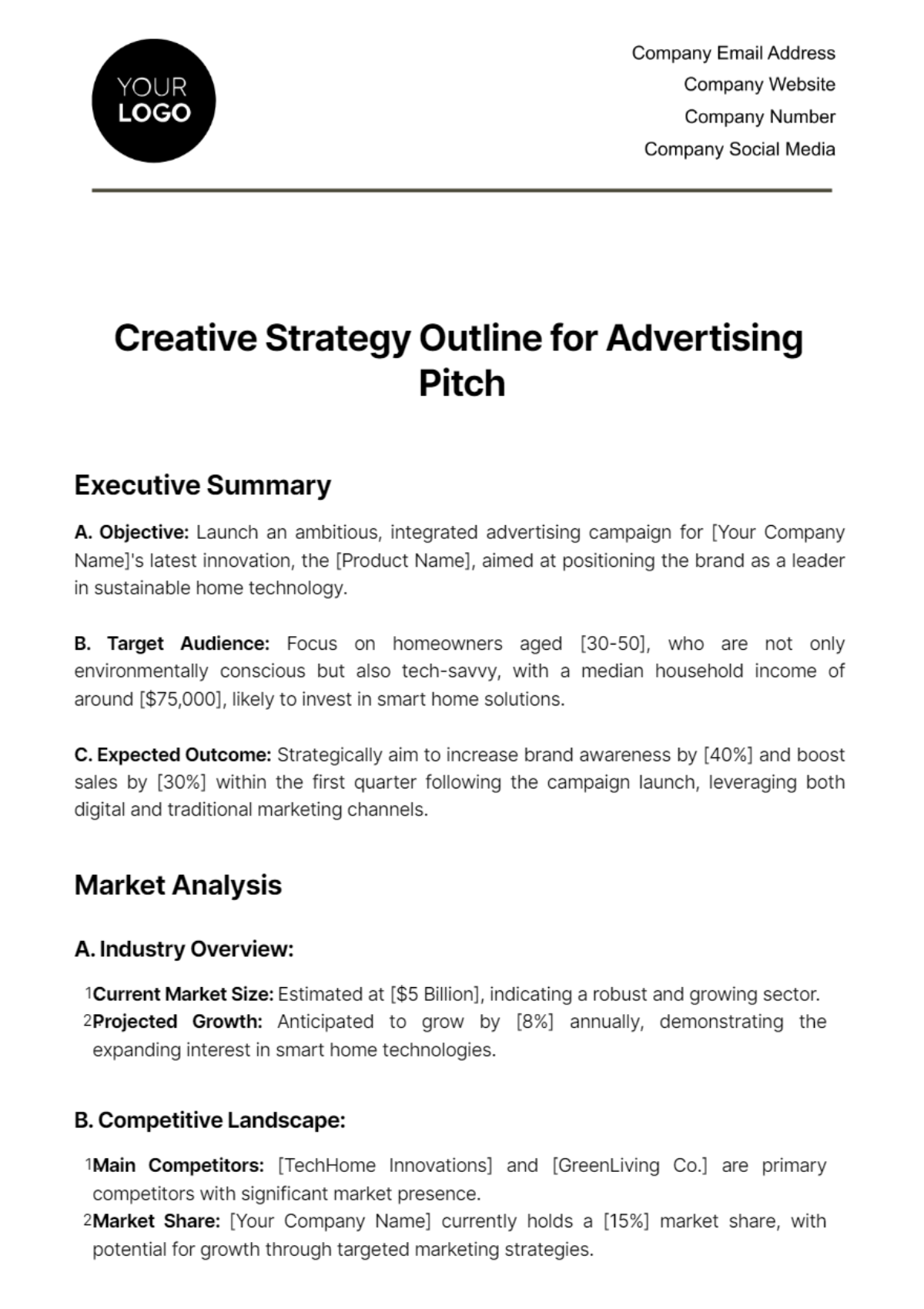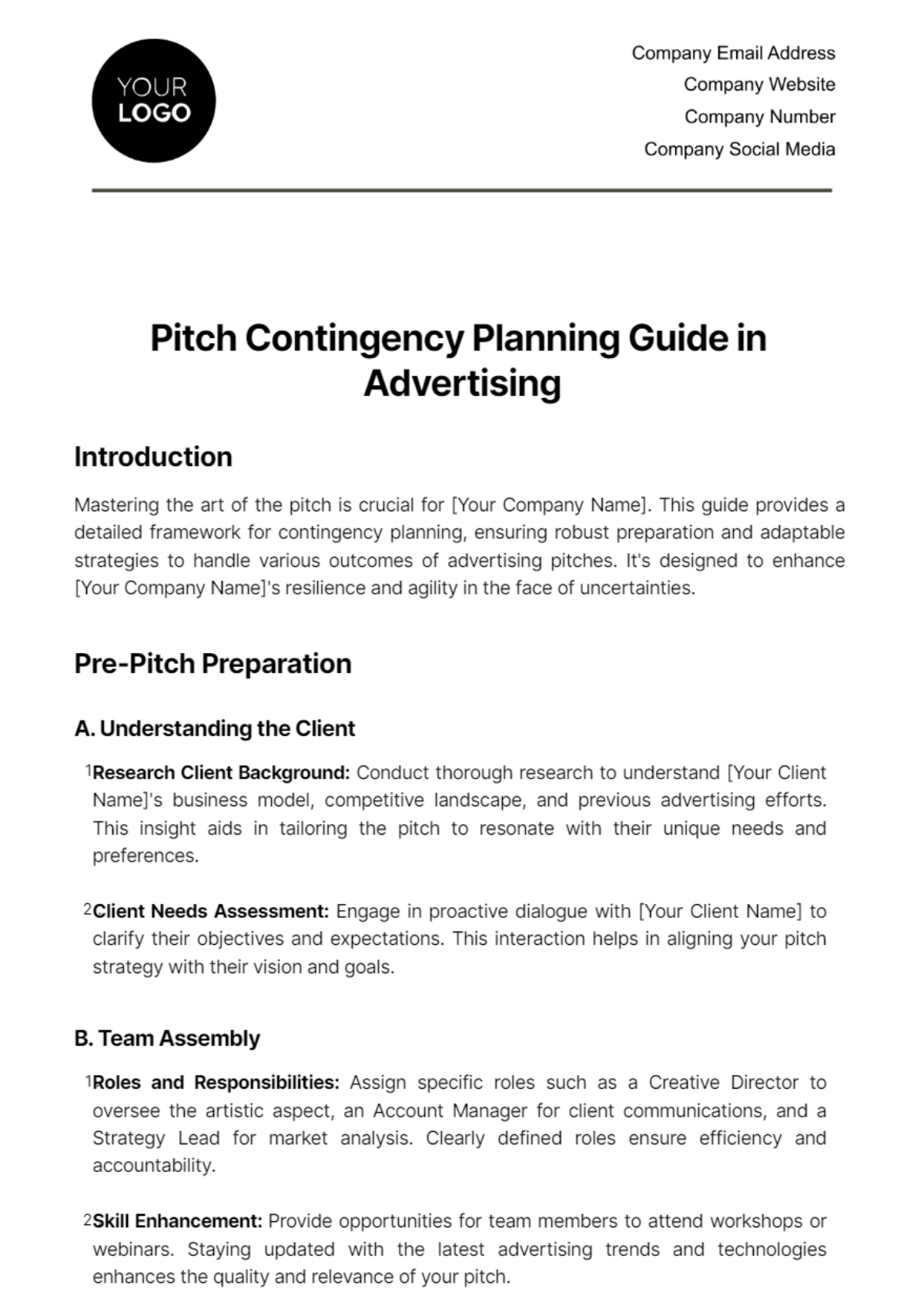Free Proposal Follow-Up Strategy in Advertising Template
Proposal Follow-up Strategy in Advertising
Overview
A. Objective: To enhance the engagement and conversion rate for [Your Company Name]'s advertising proposals sent to potential clients. This will involve a meticulous follow-up process and constant optimization based on client feedback.
B. Target: Achieving a [30%] increase in proposal acceptance rate within the next quarter. This target is set to significantly boost [Your Company Name]'s market share and client base.
Initial Proposal Dispatch
A. Proposal Personalization
Each proposal sent to [Your Client Name] will be tailored to their specific needs and industry trends. This personalization reflects [Your Company Name]'s commitment to understanding and addressing unique client challenges.
Incorporate data-driven insights and creative concepts relevant to [Your Client Name]'s brand and market position. Visuals and case studies will be included to enhance the proposal's effectiveness.
B. Dispatch Schedule
Proposals are dispatched within [2 days of the initial meeting to maintain momentum in the client engagement process.
Follow-up sequence initiated 48 hours post-dispatch to ensure the proposal remains top of mind for the client.
C. Proposal Format
Interactive PDFs with embedded videos and links to [Your Company Website], creating a dynamic and engaging presentation.
Includes a clear call-to-action and contact details ([Your Company Email], [Your Company Number]), facilitating easy client responses.
Follow-Up Strategy
A. First Follow-up (Day 3 Post-Proposal)
A polite email reminder highlighting key proposal elements, emphasizing how they address the client's specific needs.
Include a direct link to the proposal for ease of access, ensuring the client can review the material without any hassle.
B. Second Follow-up (Day 7)
Personalized phone call from the account manager to address any queries, offering a more direct and personal form of communication.
Offer to set up a meeting for detailed discussion, showing readiness to engage further and clarify any aspects of the proposal.
C. Third Follow-up (Day 14)
A combination of email and a LinkedIn message, if connected, to leverage multiple communication channels.
Focus on the unique benefits offered by [Your Company Name], reinforcing the value proposition and differentiators.
Engagement Tracking and Analysis
A. Tracking Tools and Metrics
Utilization of CRM software to track proposal views, time spent on each section, and client interaction, providing valuable insights into client interests and behaviors.
Key Metrics: Open rate, Time spent on proposal, Click-through rate, offering quantitative data to assess the proposal's impact.
B. Data Analysis and Reporting
Weekly analysis of engagement data to monitor trends and identify areas for improvement.
Adapt future proposals based on insights gained, ensuring continuous improvement in proposal effectiveness.
Client Feedback and Adaptation
A. Post-Decision Feedback
Regardless of the outcome, collect feedback via a short survey to understand client perceptions and decision-making factors.
Questions focus on proposal content, clarity, and overall presentation, aiming to refine future proposals.
B. Strategy Adaptation
Quarterly review of feedback and follow-up outcomes to measure success and identify areas for enhancement.
Adjustments made to the proposal content and follow-up timings based on data-driven insights, ensuring the strategy remains dynamic and effective.
Reporting and Success Measurement
A. Quarterly Review Meeting
Discuss the effectiveness of the follow-up strategy in a detailed session with key stakeholders
Present data on conversion rates and client feedback, using these insights to guide future strategies.
B. Key Performance Indicators (KPIs)
Proposal acceptance rate, as a direct measure of proposal effectiveness.
Client satisfaction score post-proposal, indicating the quality of engagement and follow-up.
Number of follow-ups required before conversion, providing insights into the efficiency of the process.
Budget and Resources
A. Budget Allocation
Allocation of [$10,000] per quarter for proposal development and follow-up resources, ensuring high-quality materials and processes.
Includes costs for CRM software, proposal design, and staff training, encompassing all aspects of the follow-up strategy.
B. Resource Allocation
Two dedicated account managers for follow-up, ensuring personalized and consistent client communication.
One marketing analyst for data tracking and analysis, providing the necessary insights to refine the strategy continuously.
Timeline
Phase | Timeline | Responsible |
Proposal Dispatch | Within 2 days | Account Managers |
First Follow-Up | Day 3 | Marketing Team |
Second Follow-Up | Day 7 | Account Managers |
Third Follow-Up | Day 14 | Account Managers |
Engagement Analysis | Weekly | Marketing Analyst |
Quarterly Review | Every 3 months | Management Team |
This proposal follow-up strategy aims to create a structured and effective approach to engaging potential clients post-proposal submission, thereby increasing the conversion rate and enhancing client relations for [Your Company Name]. The strategy incorporates personalized follow-ups, rigorous data analysis, and adaptive measures to continuously improve the effectiveness of the approach.
